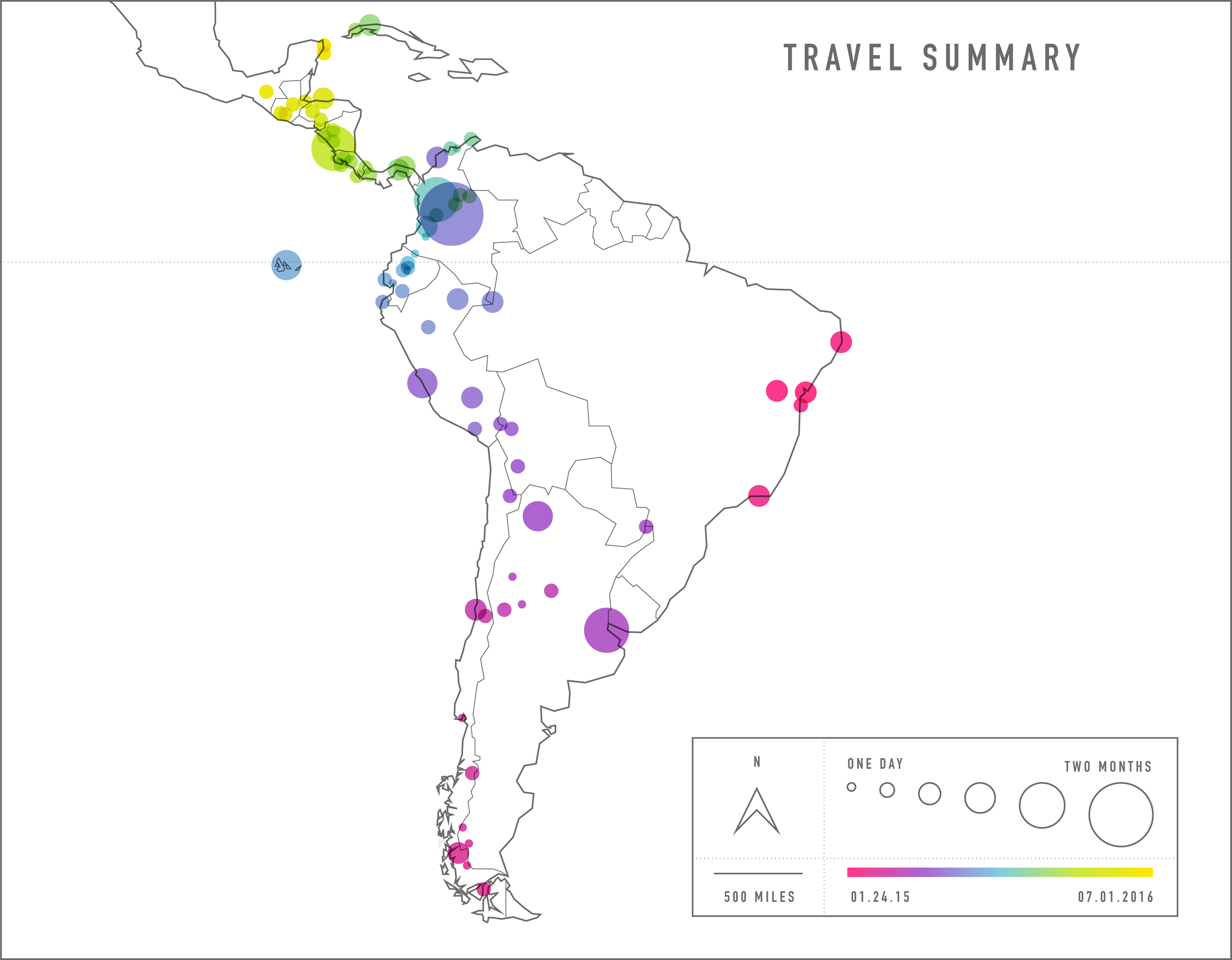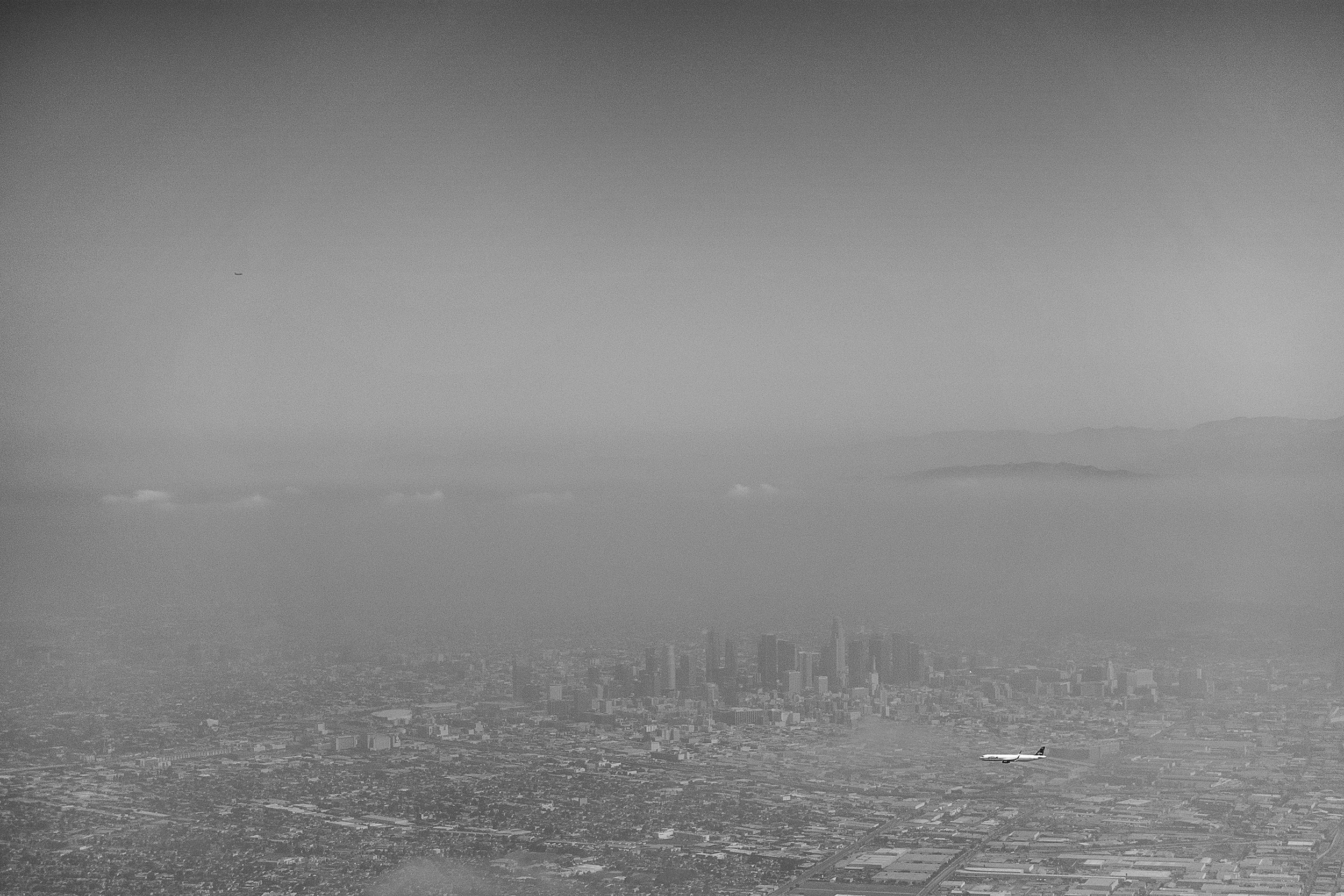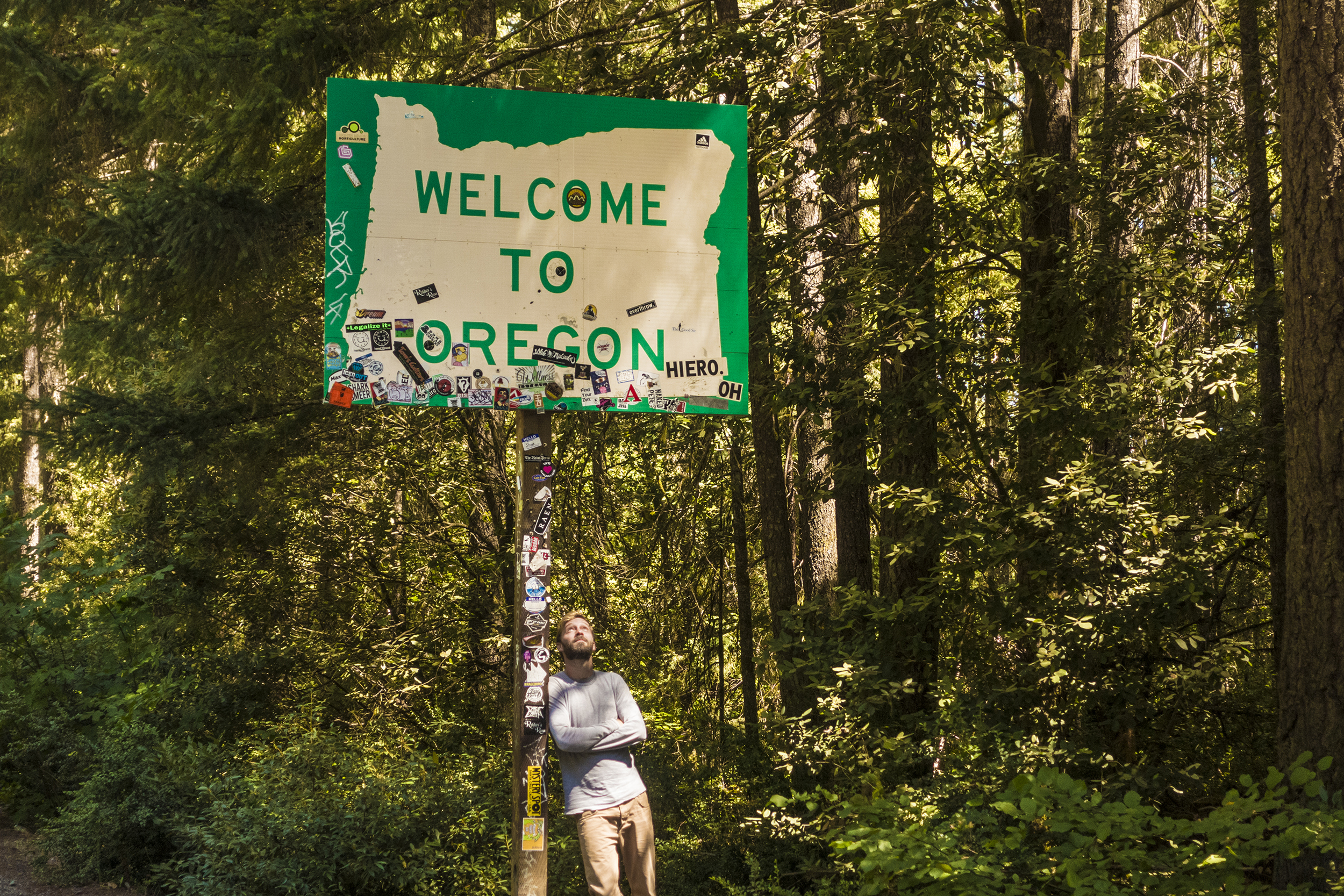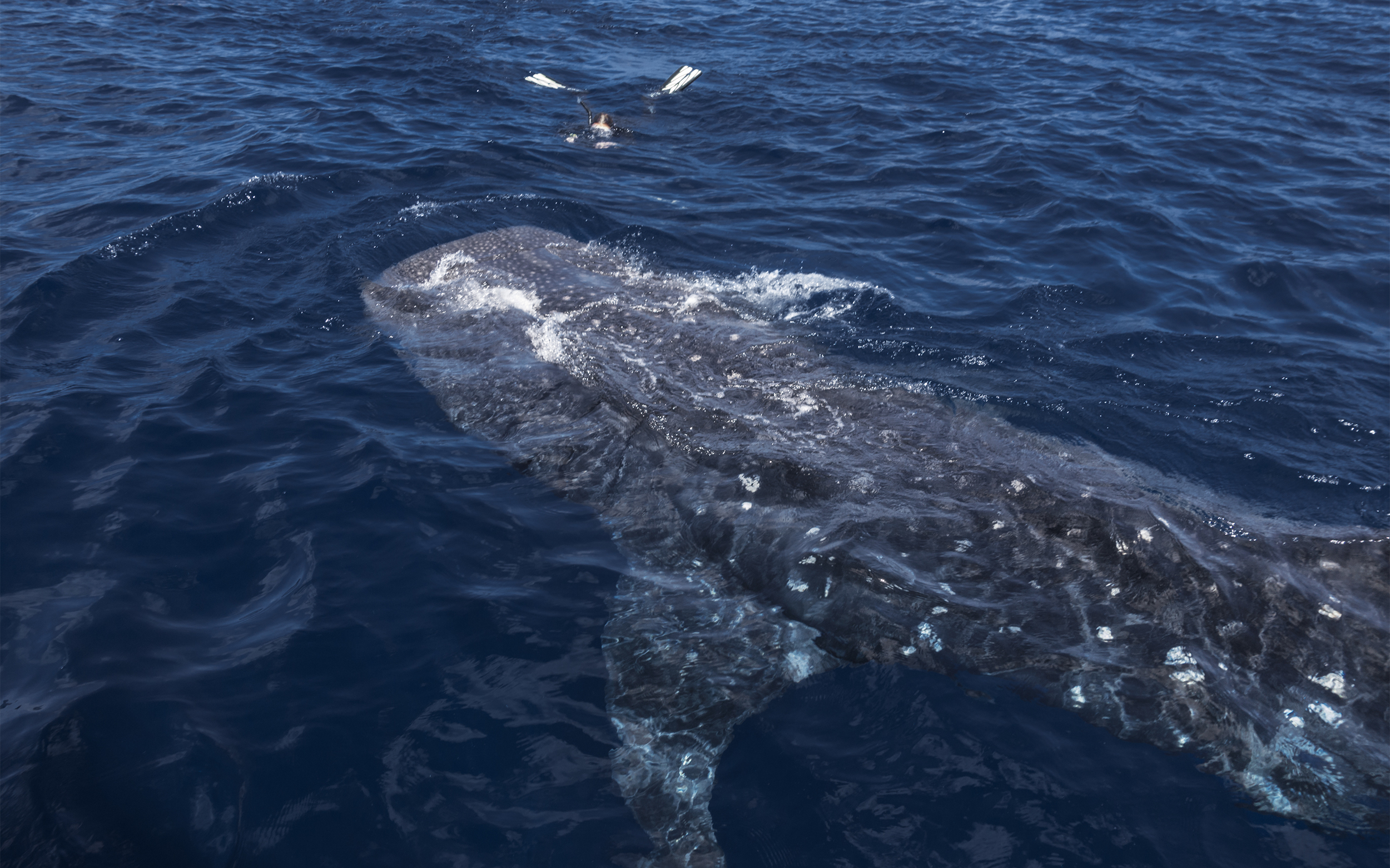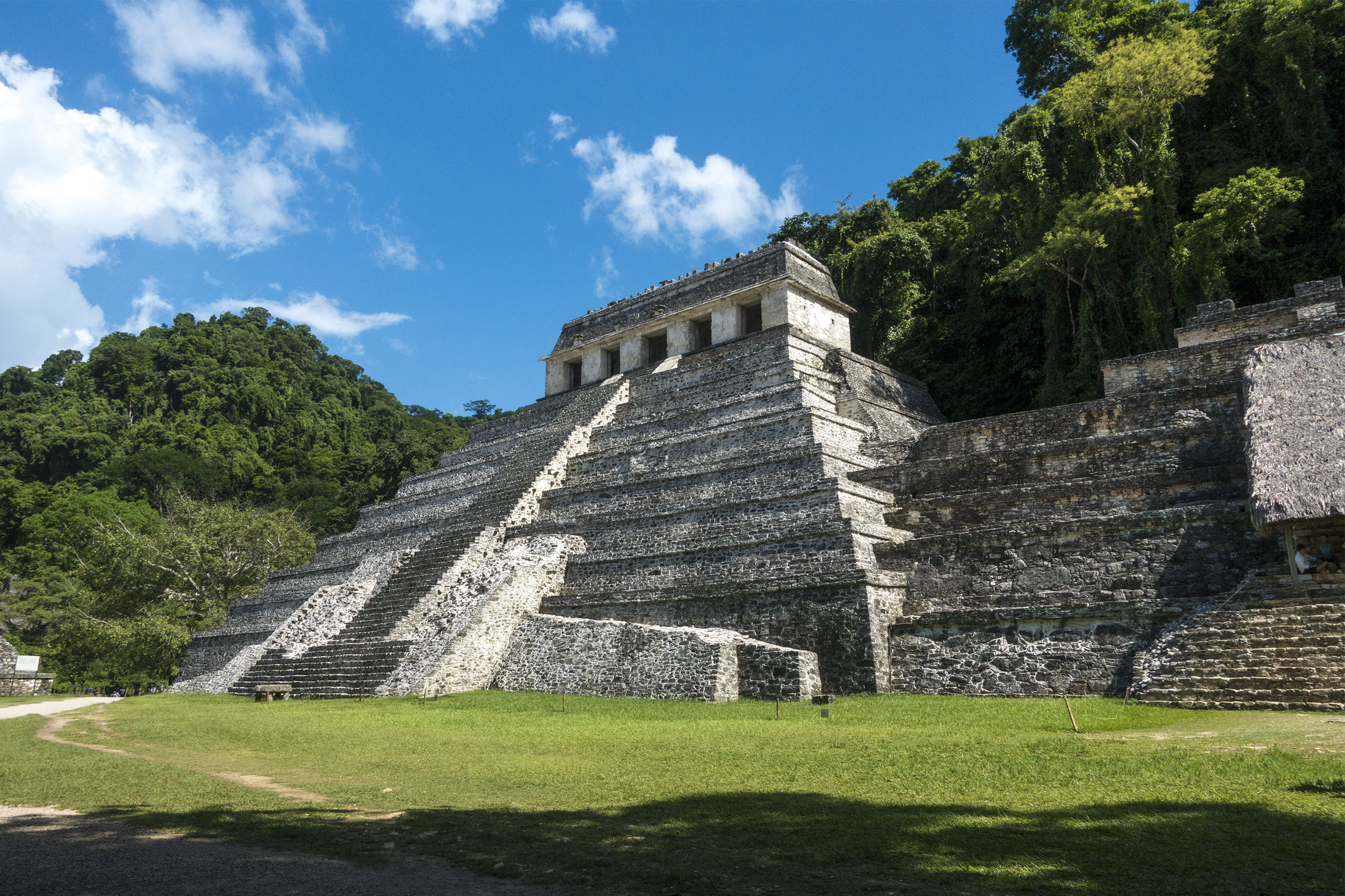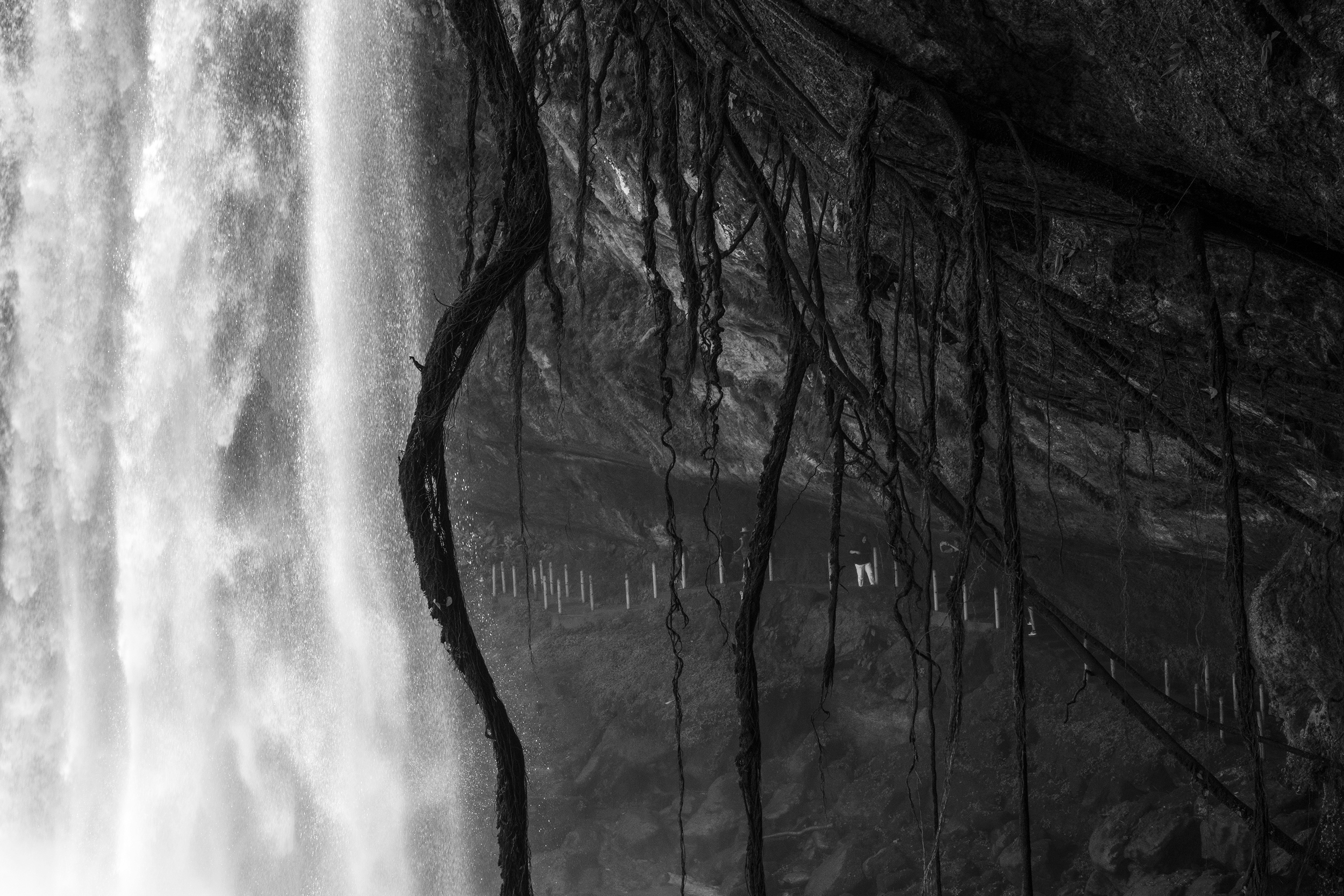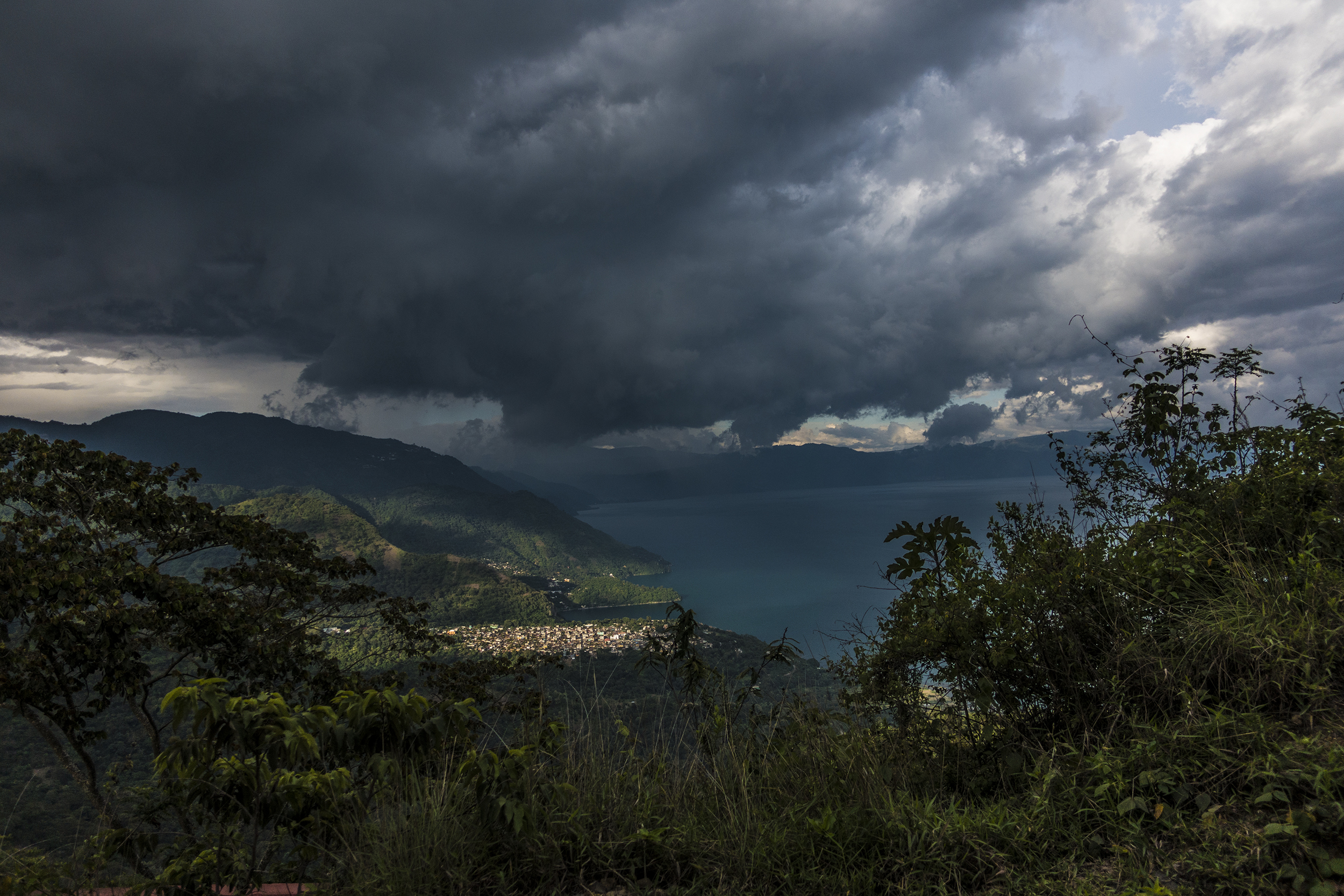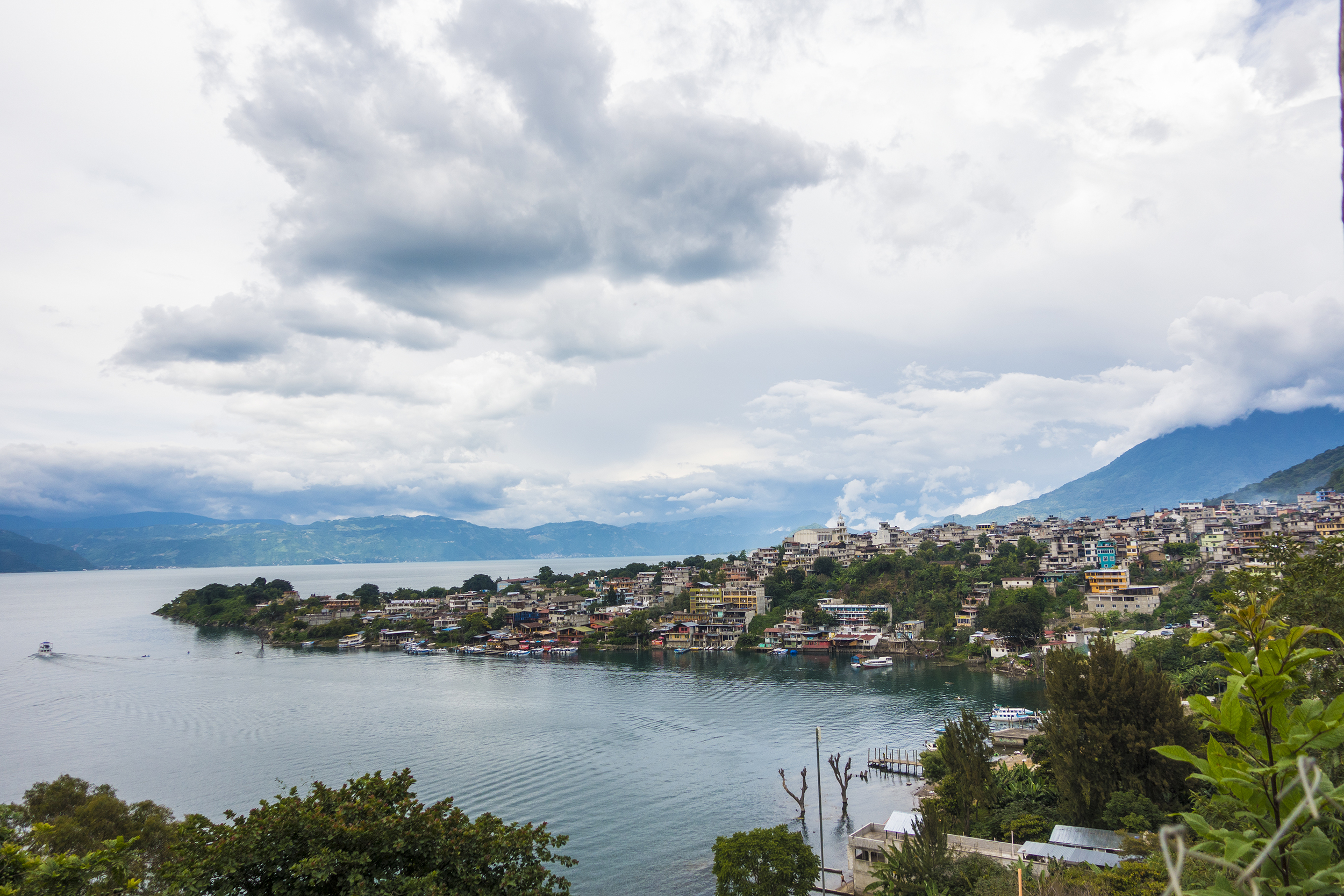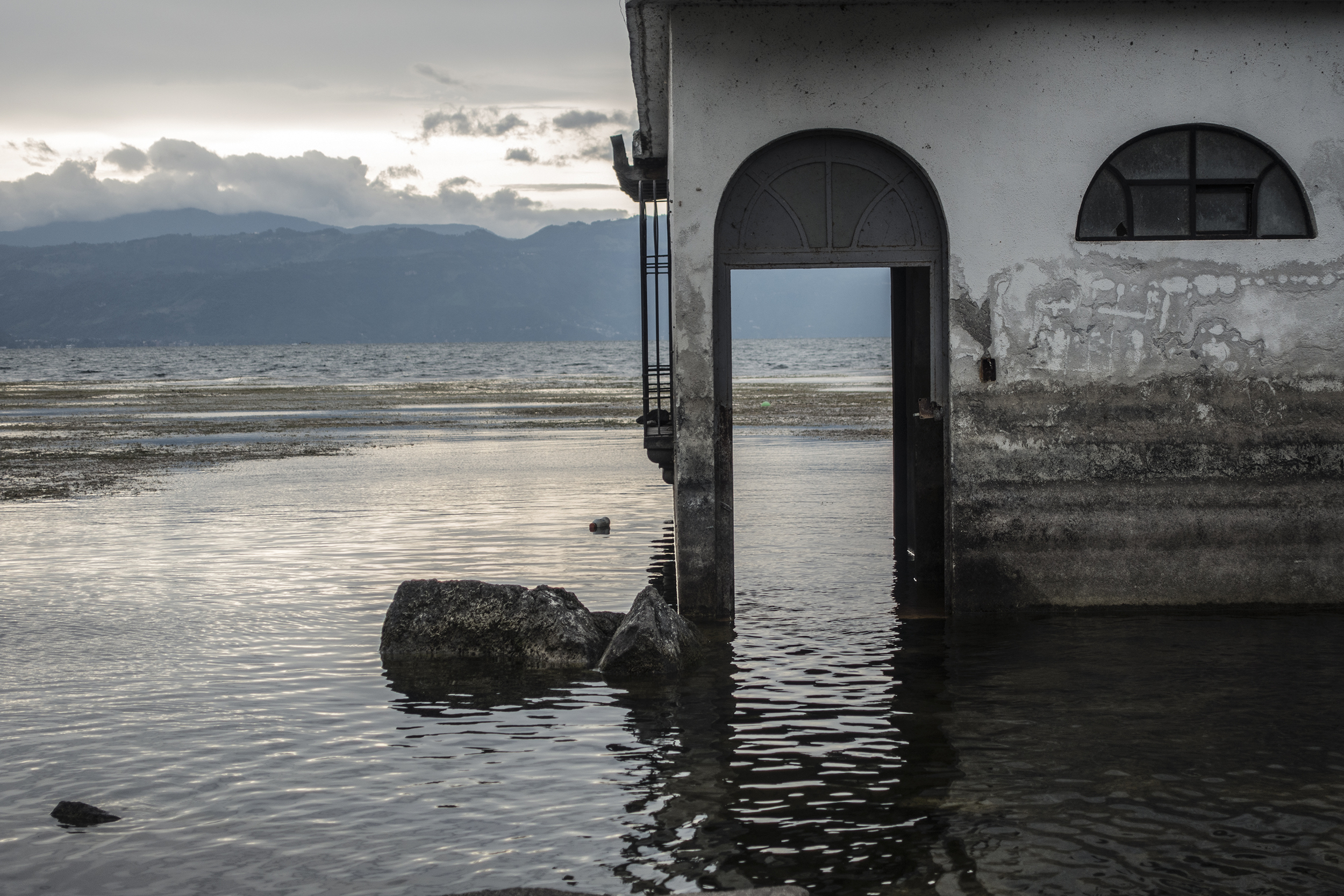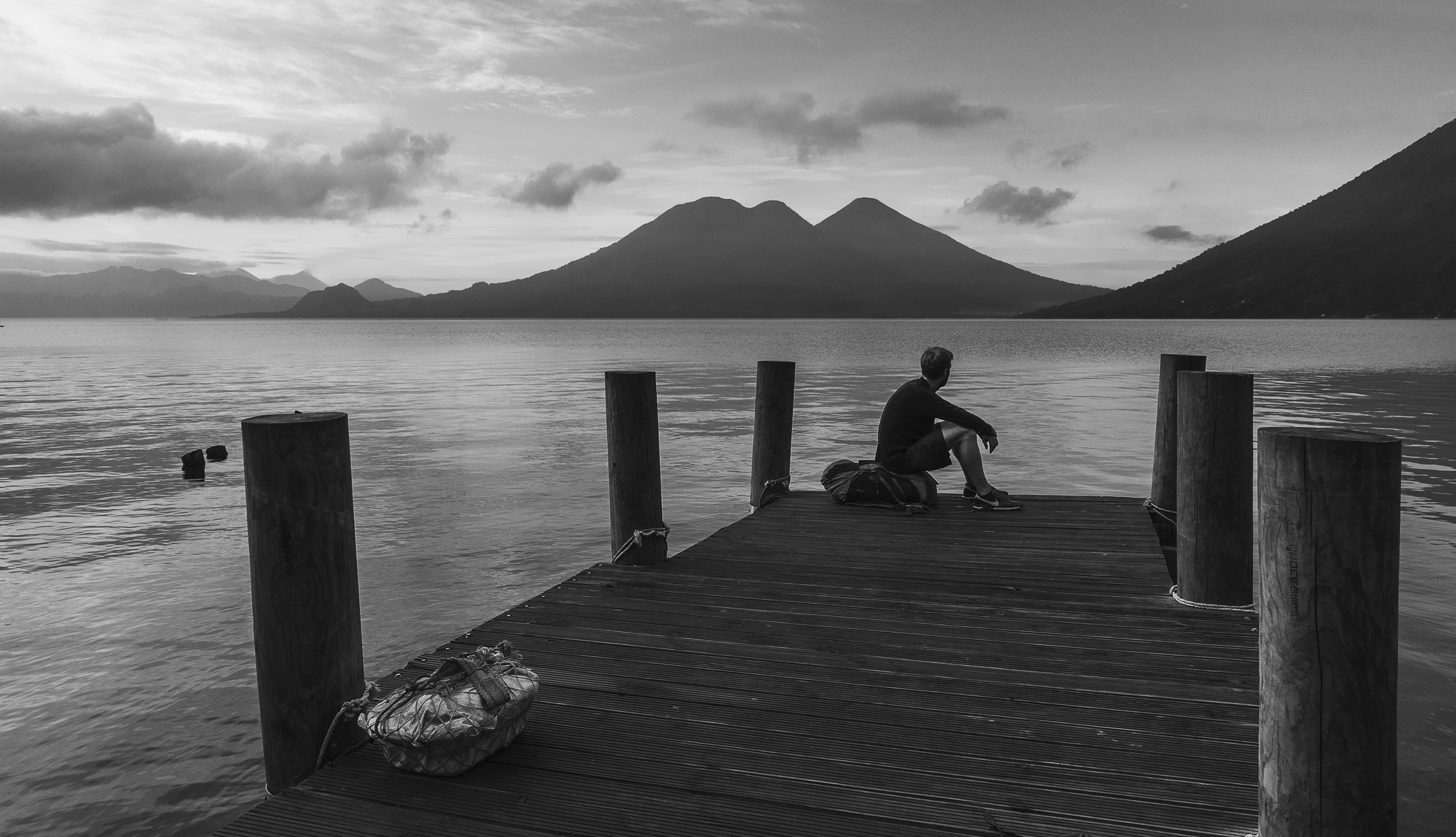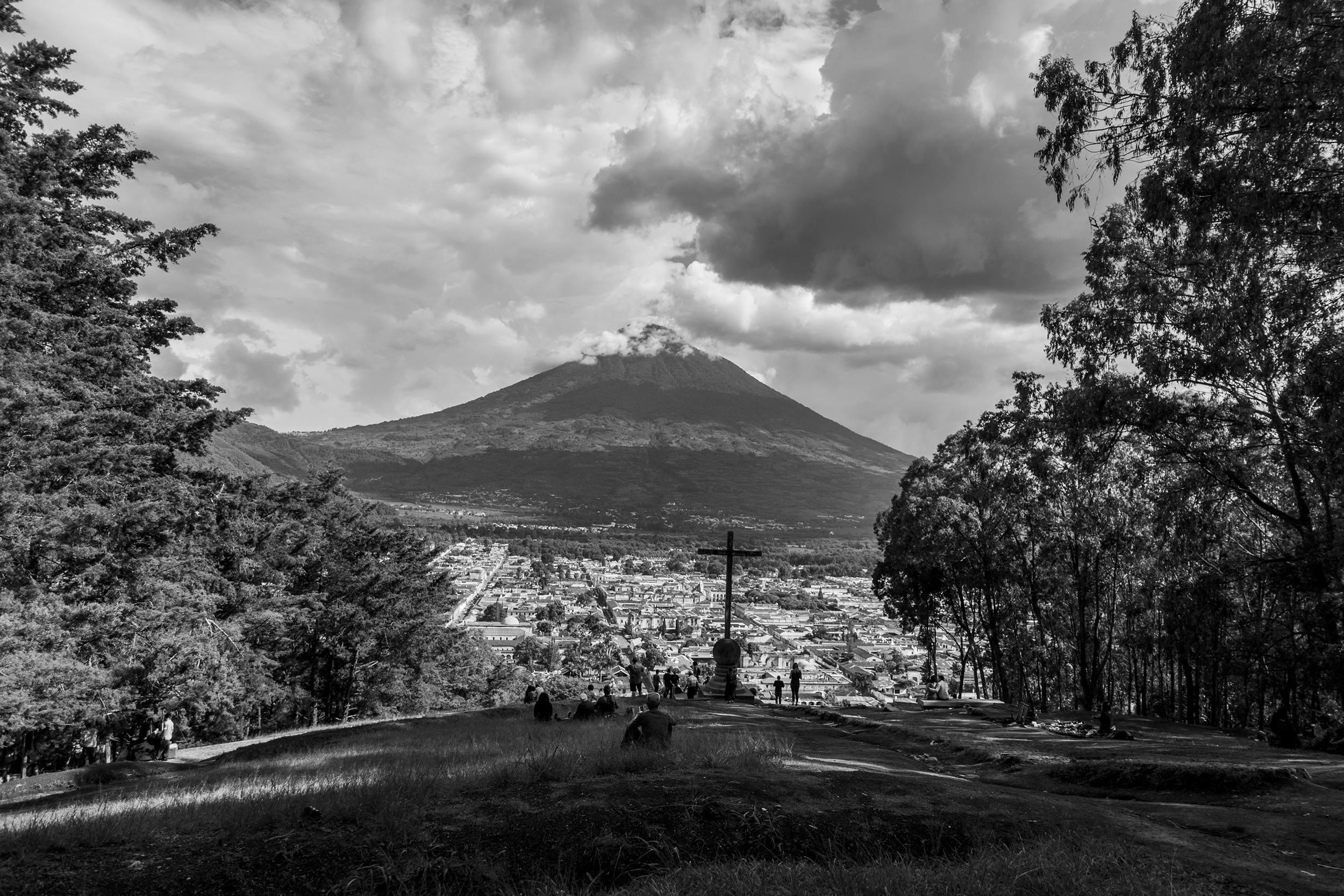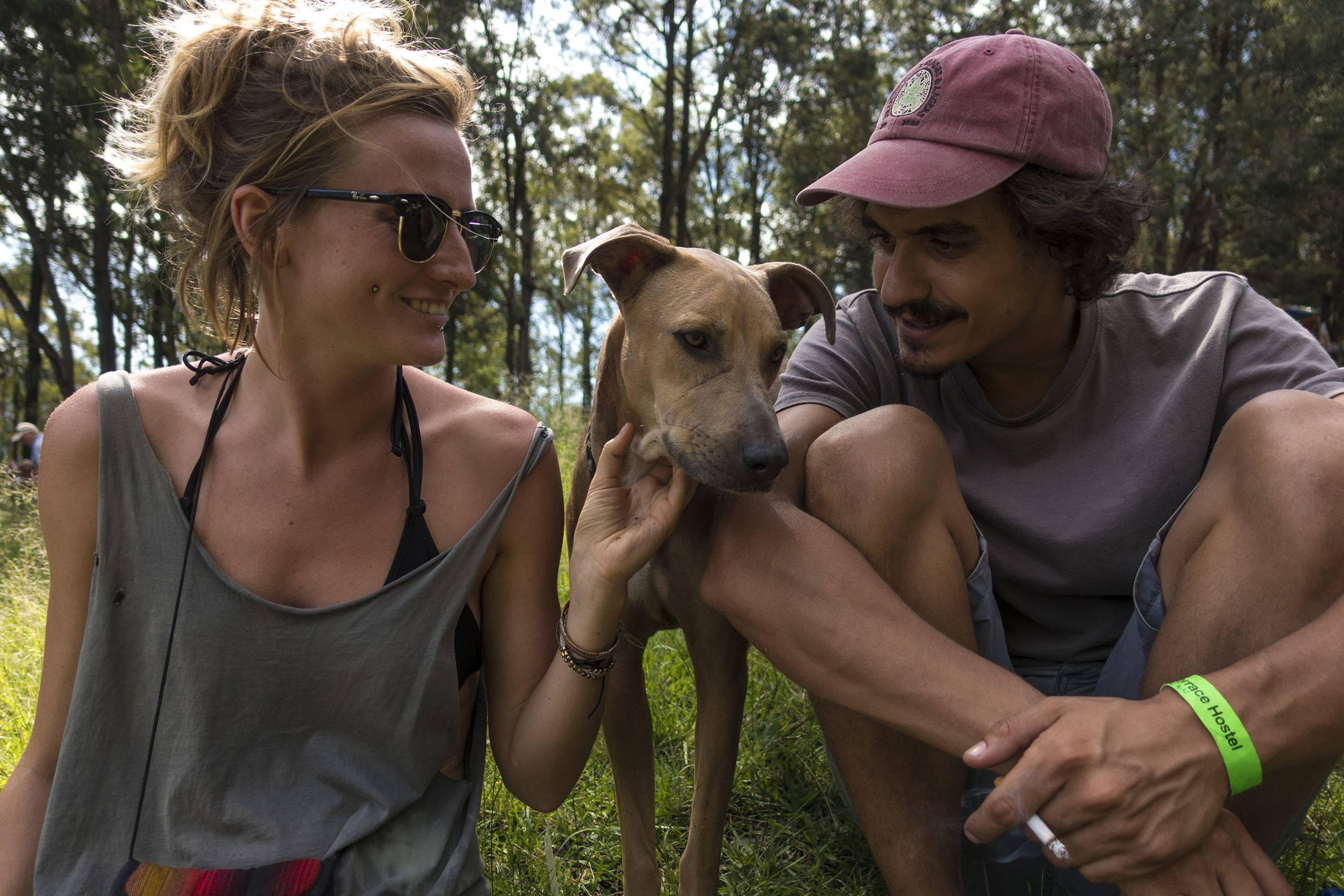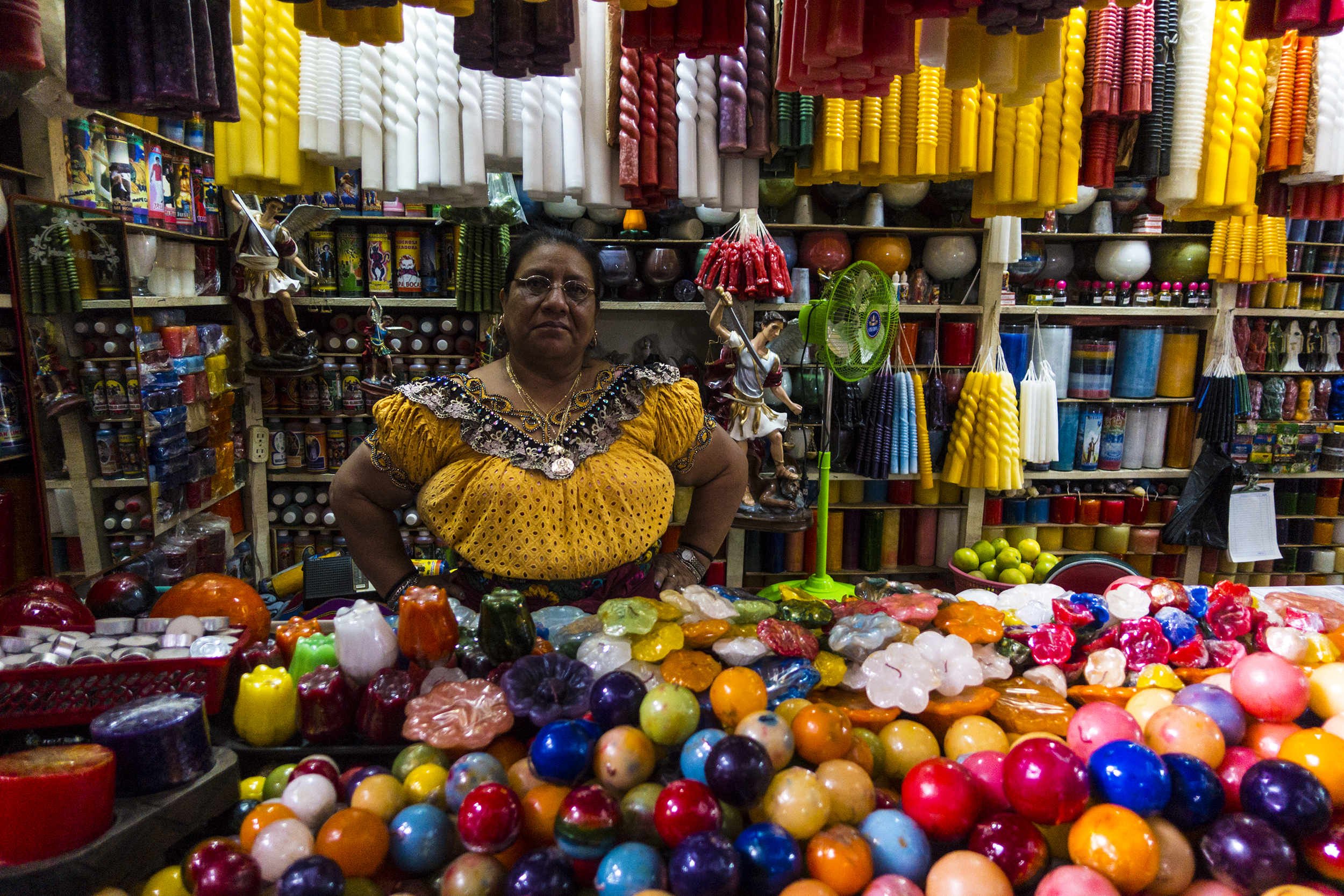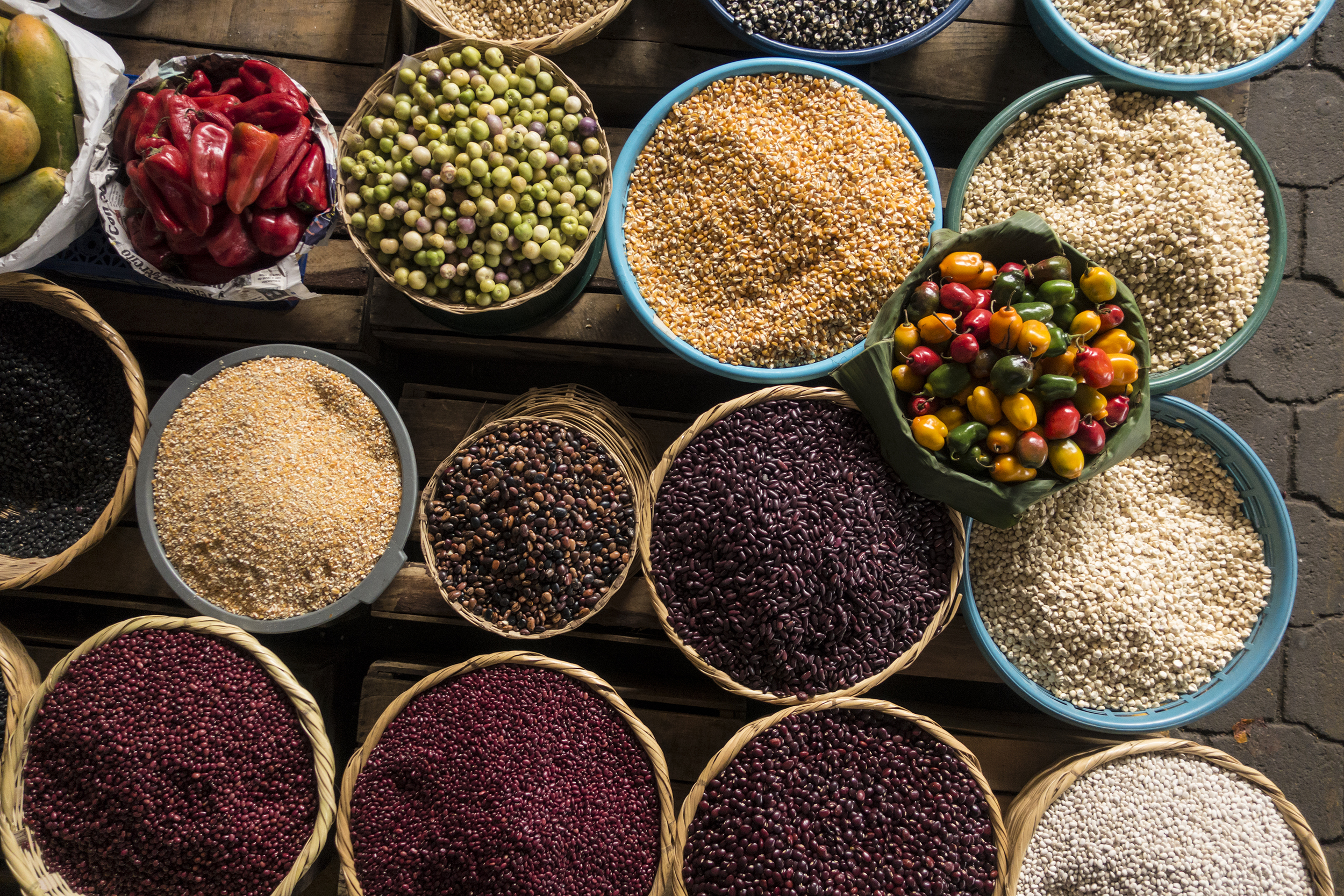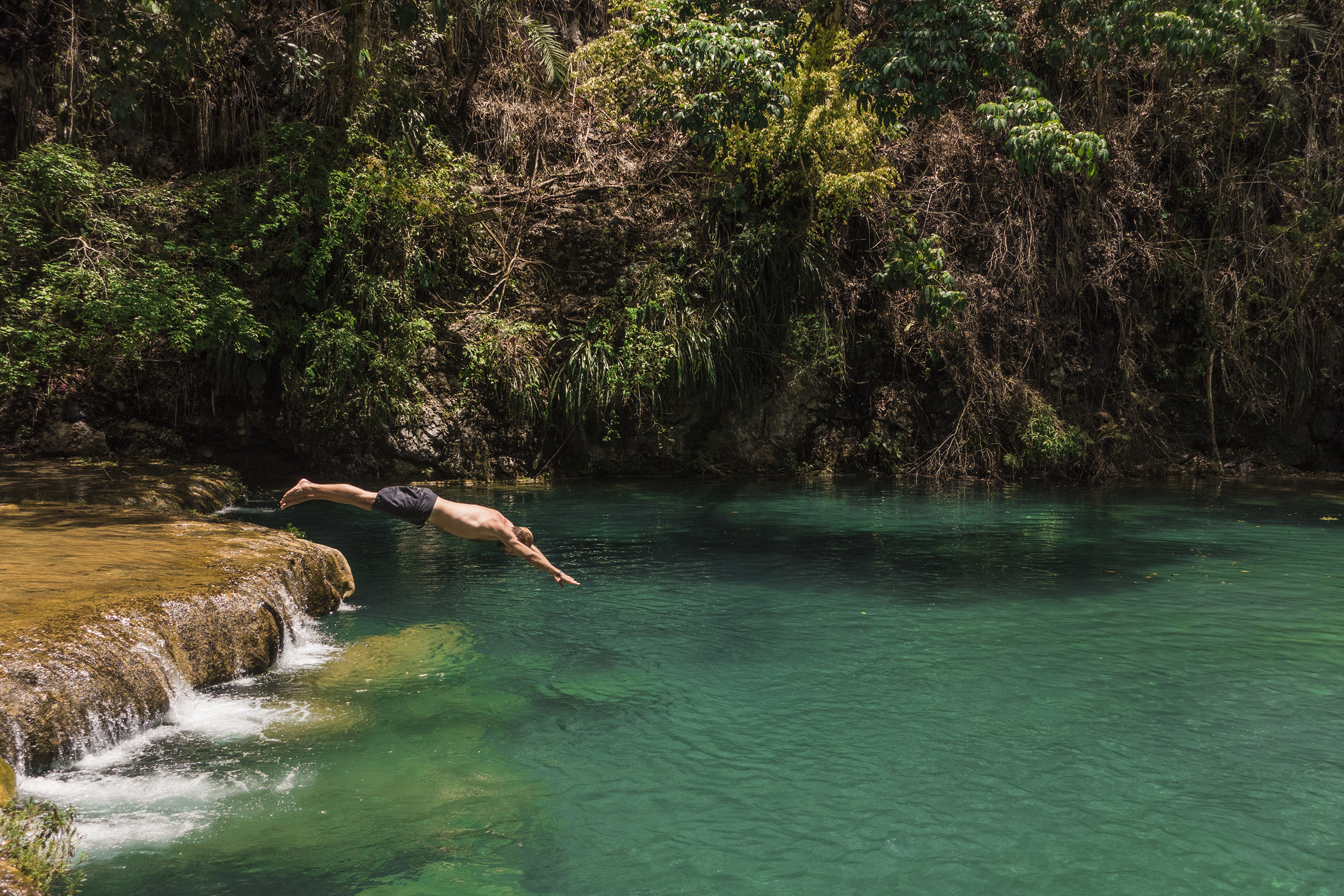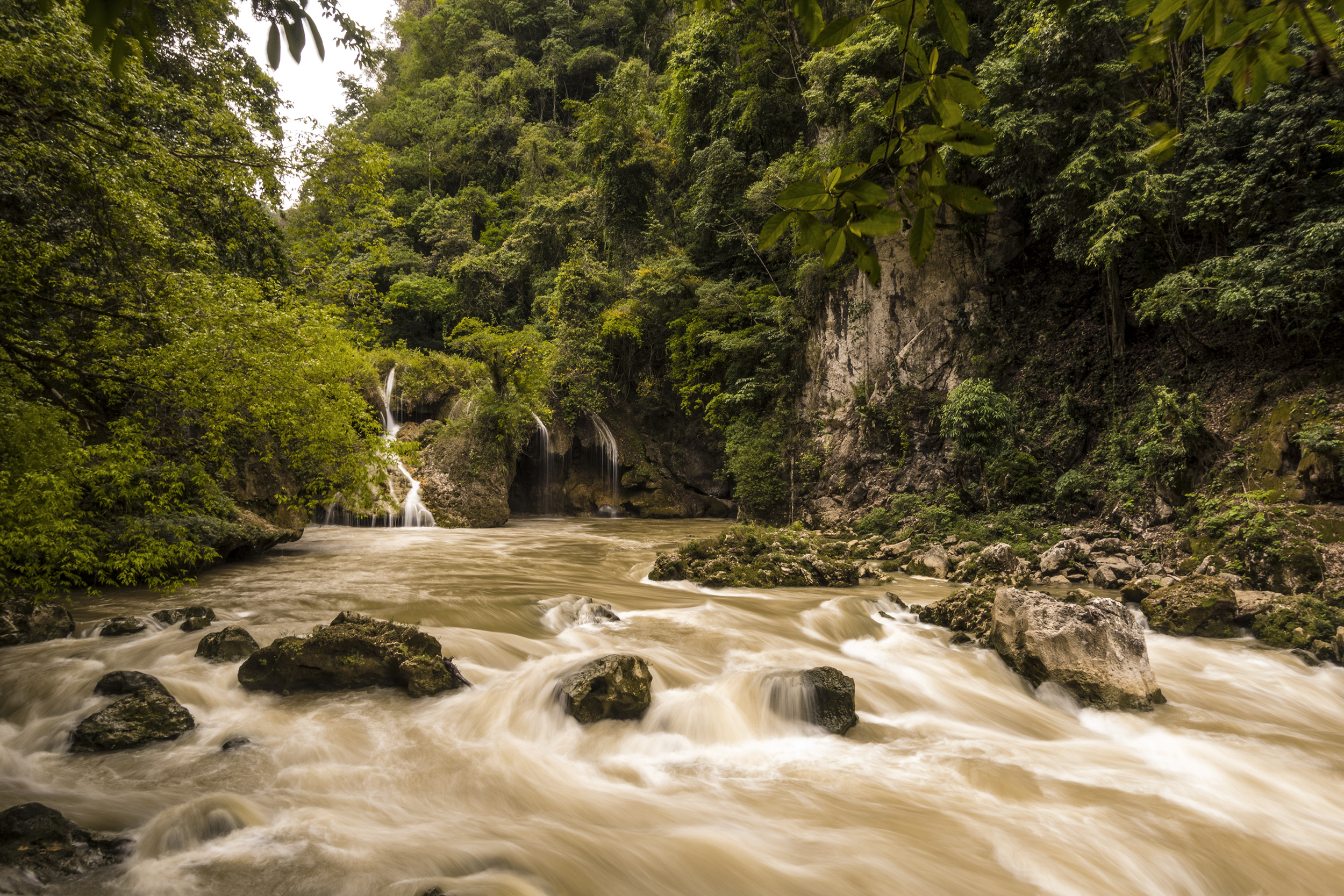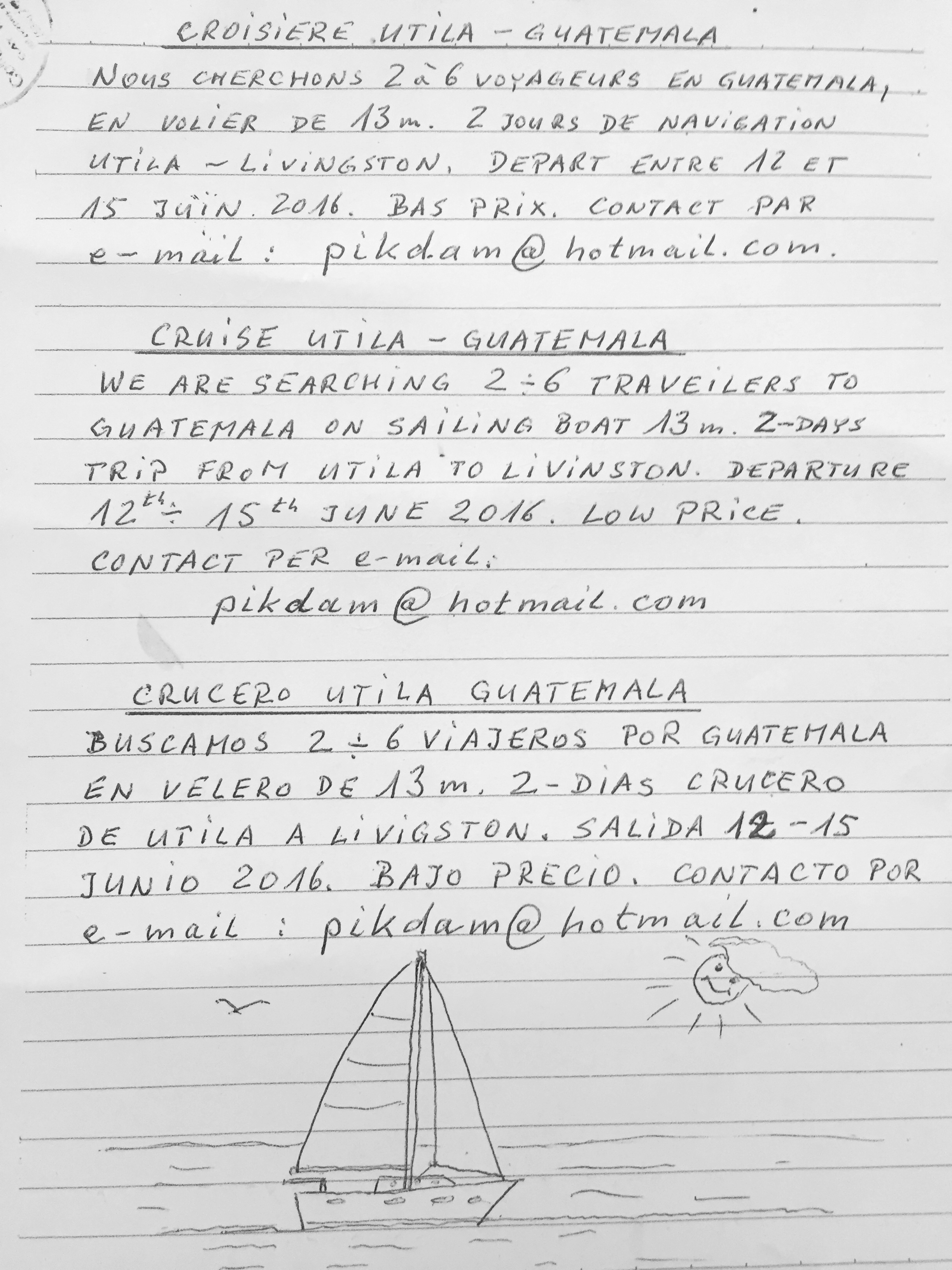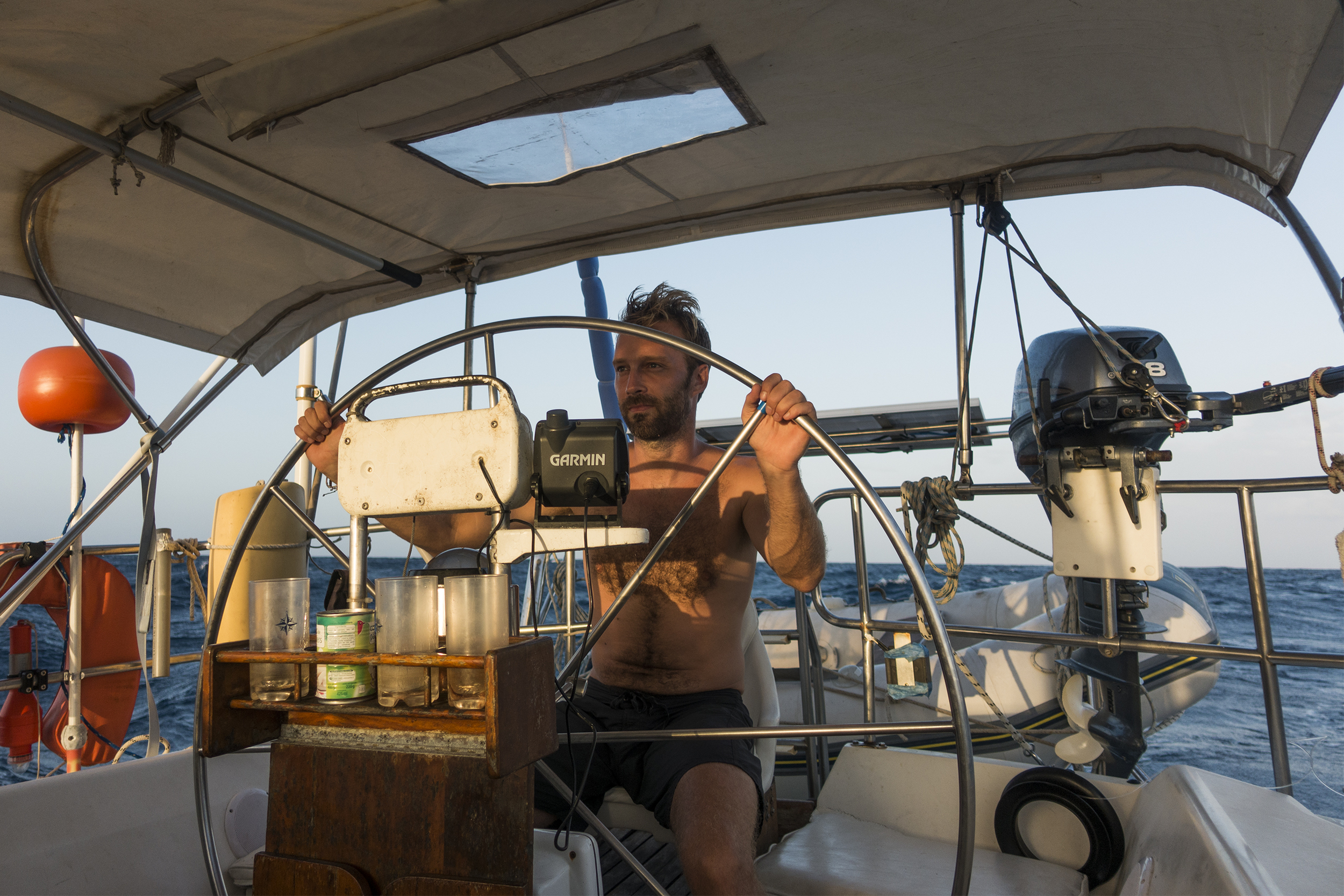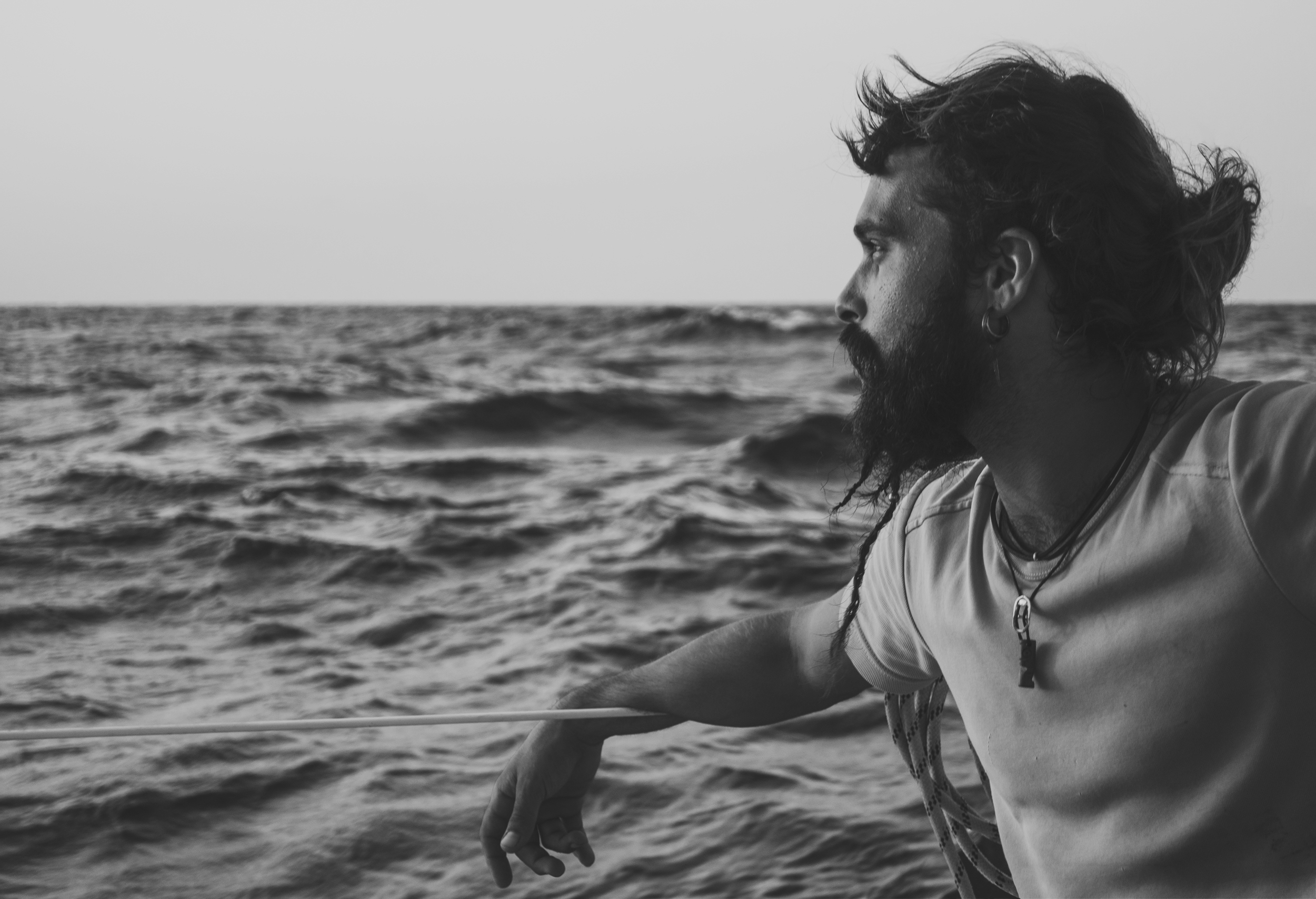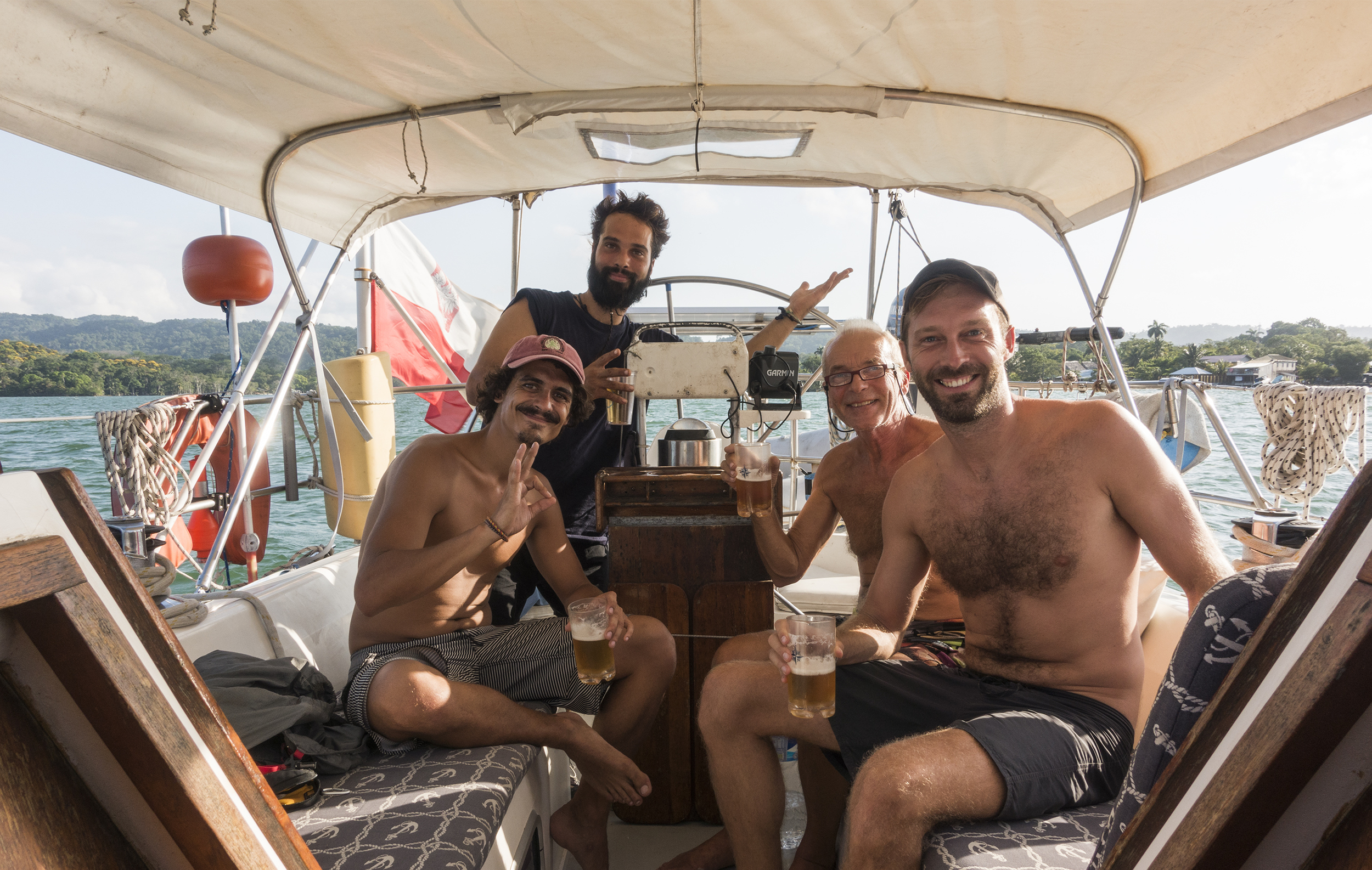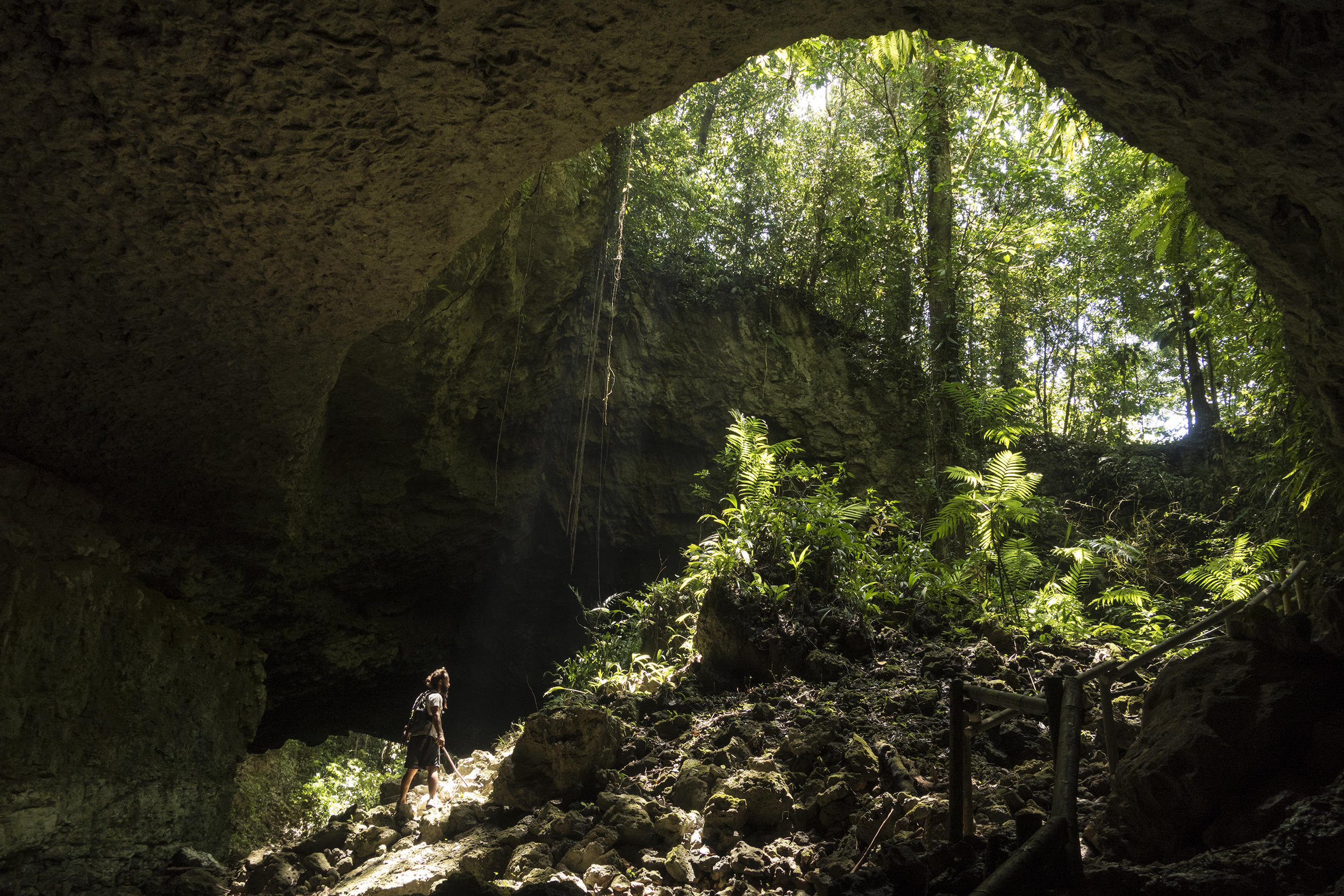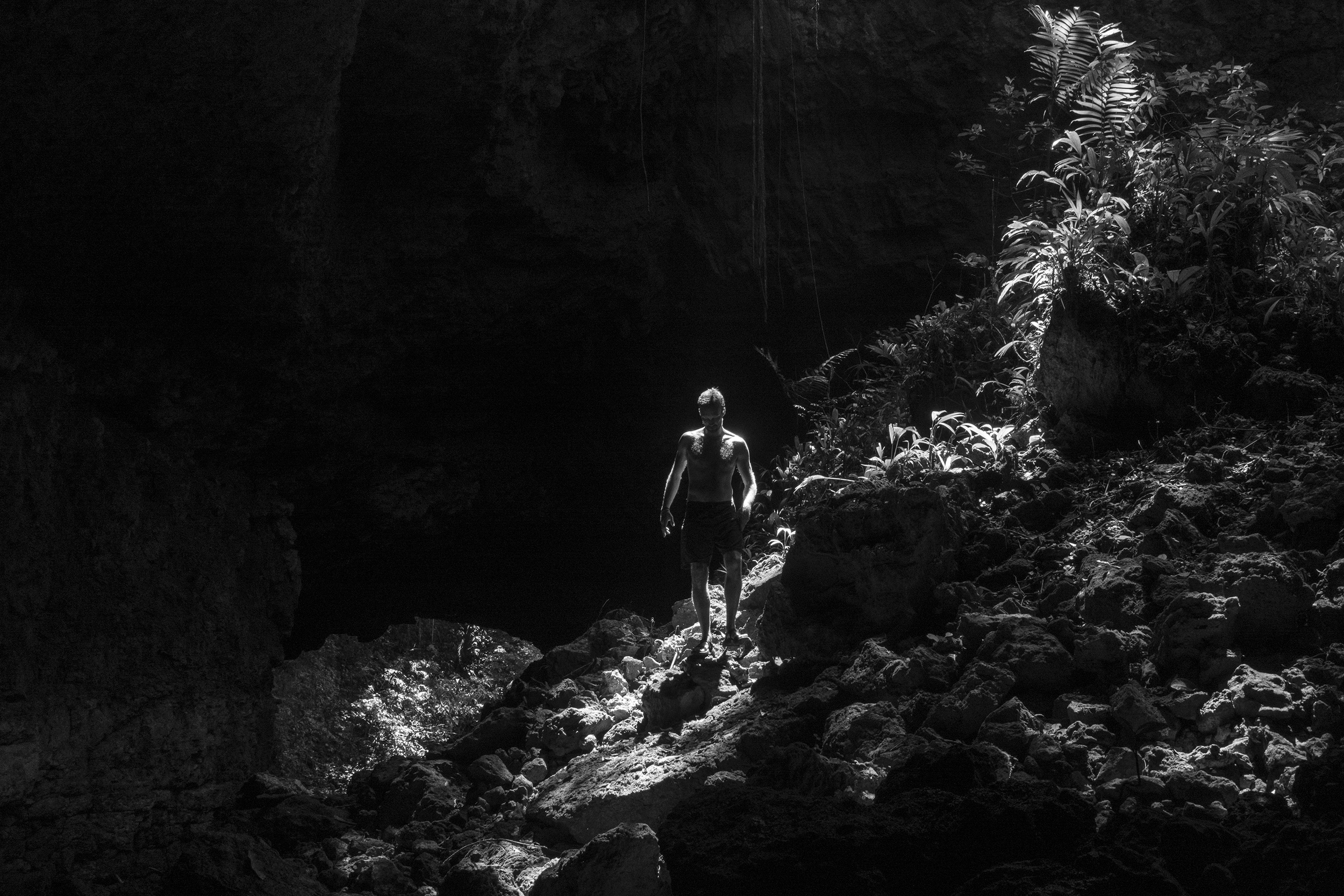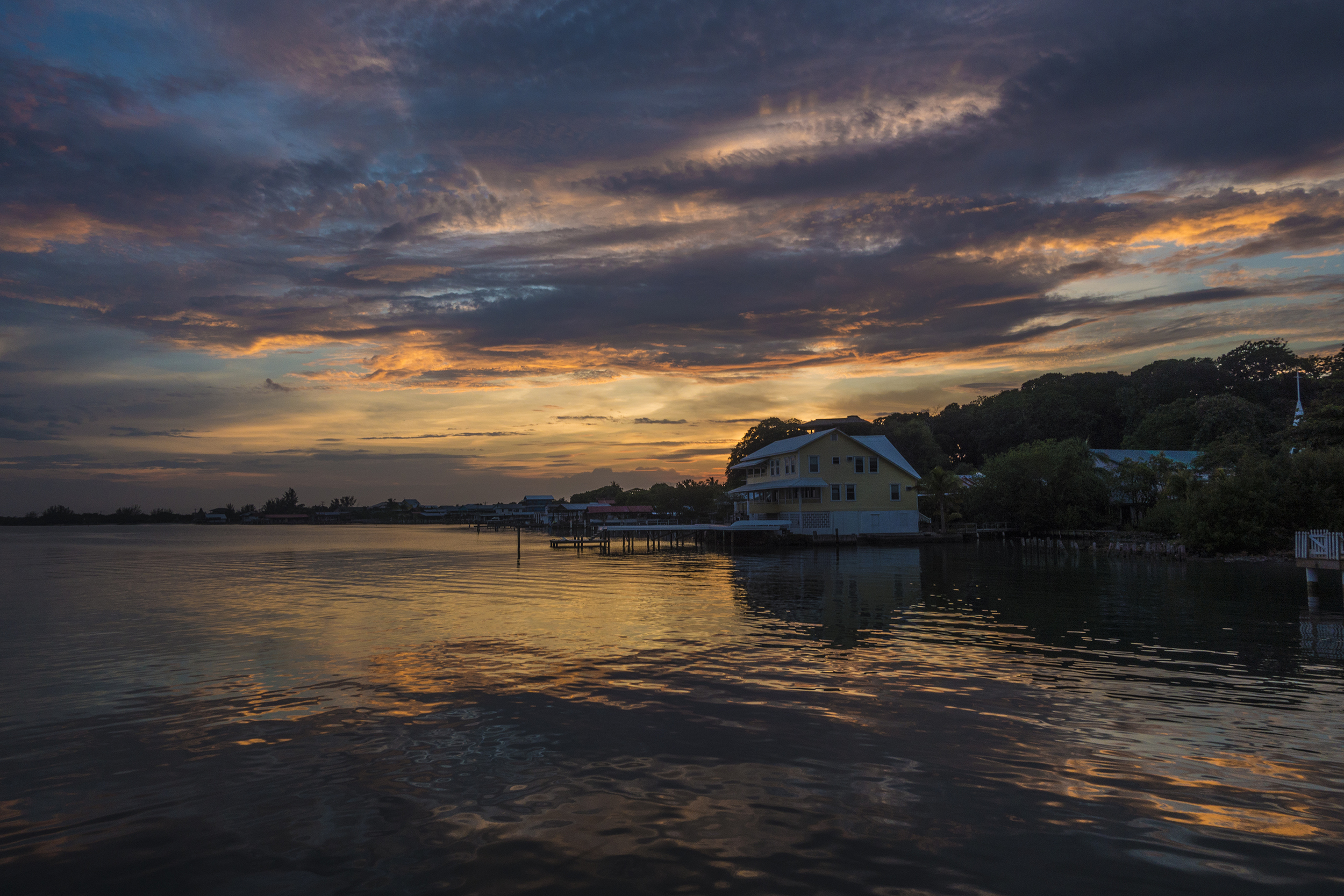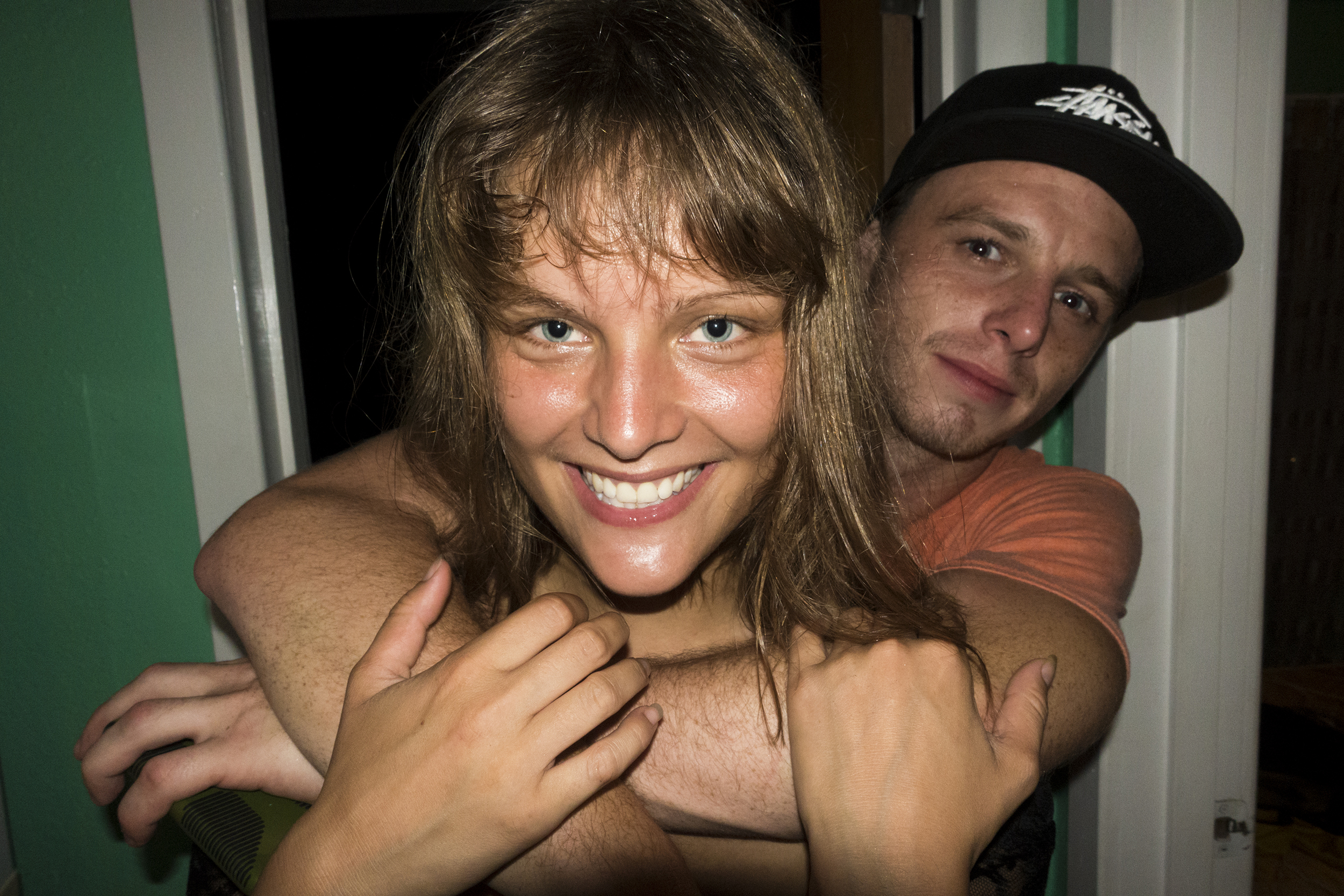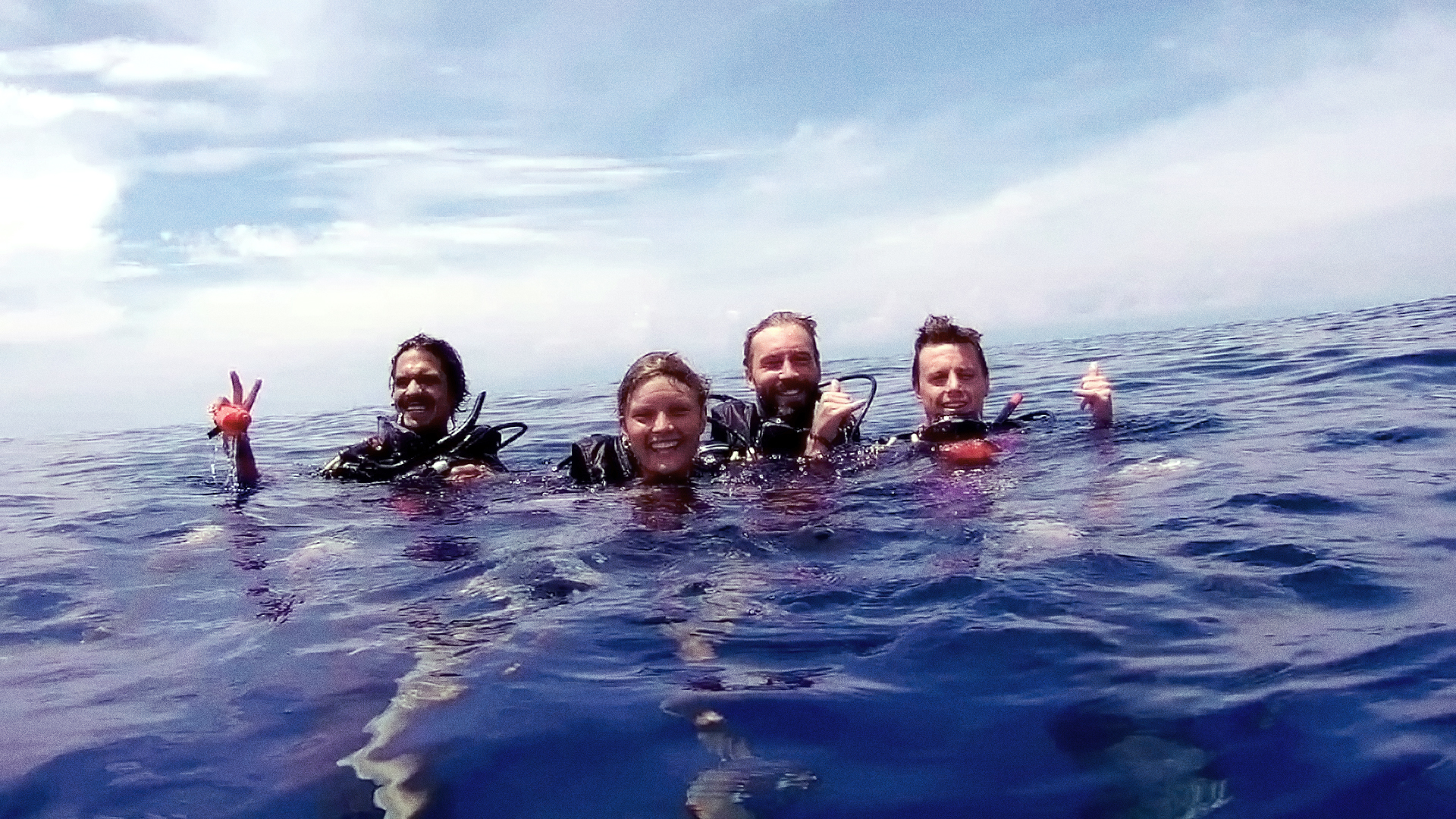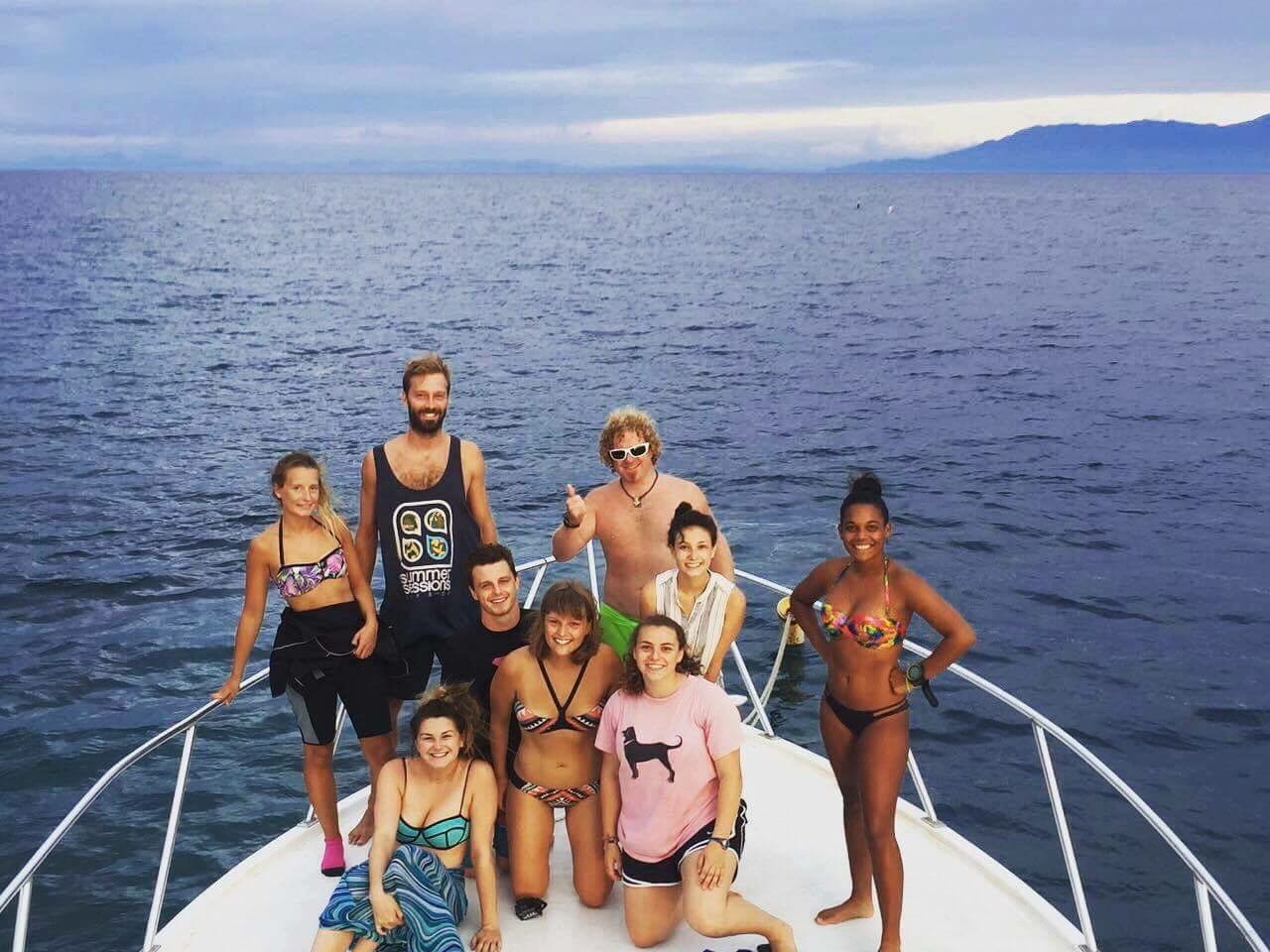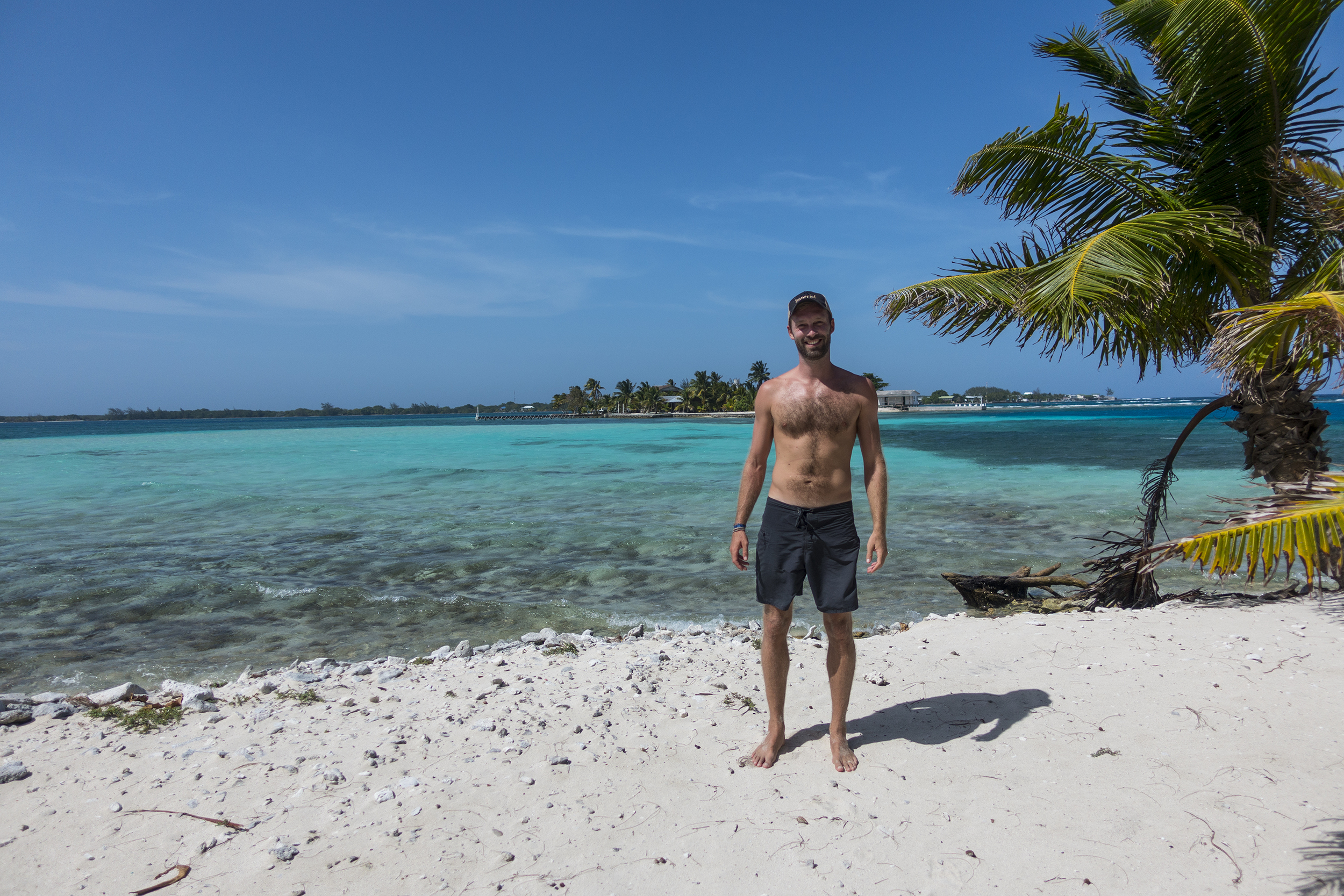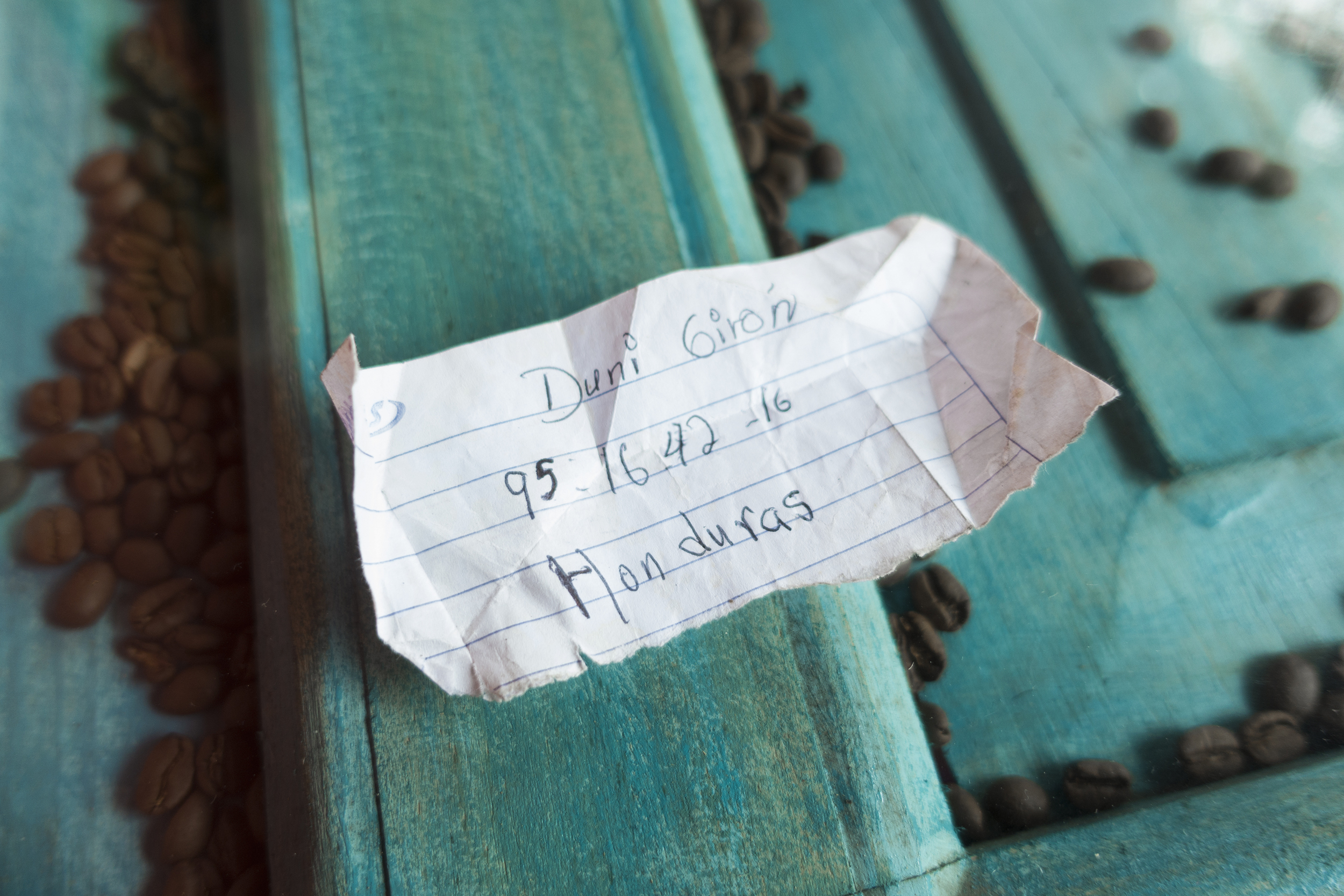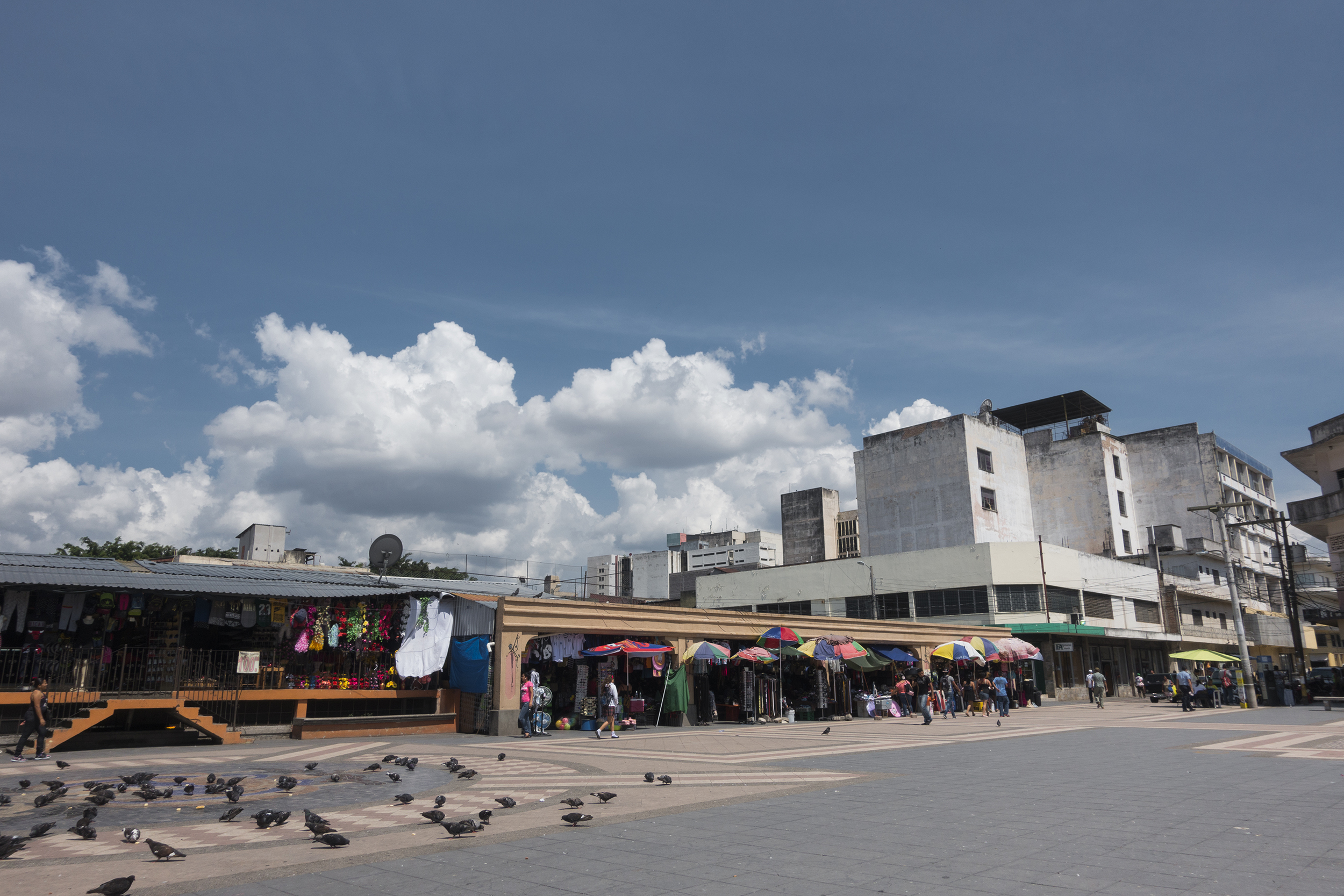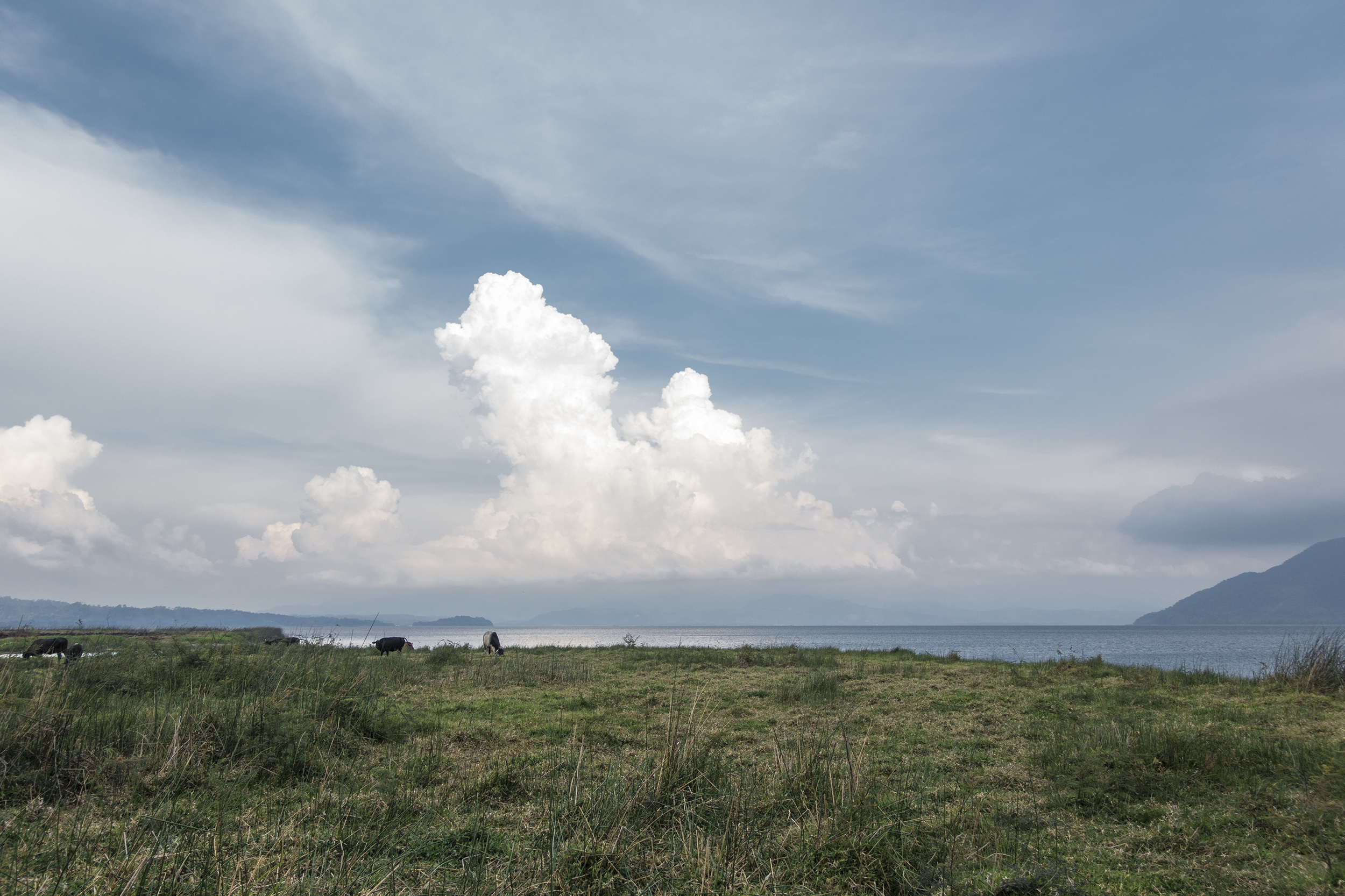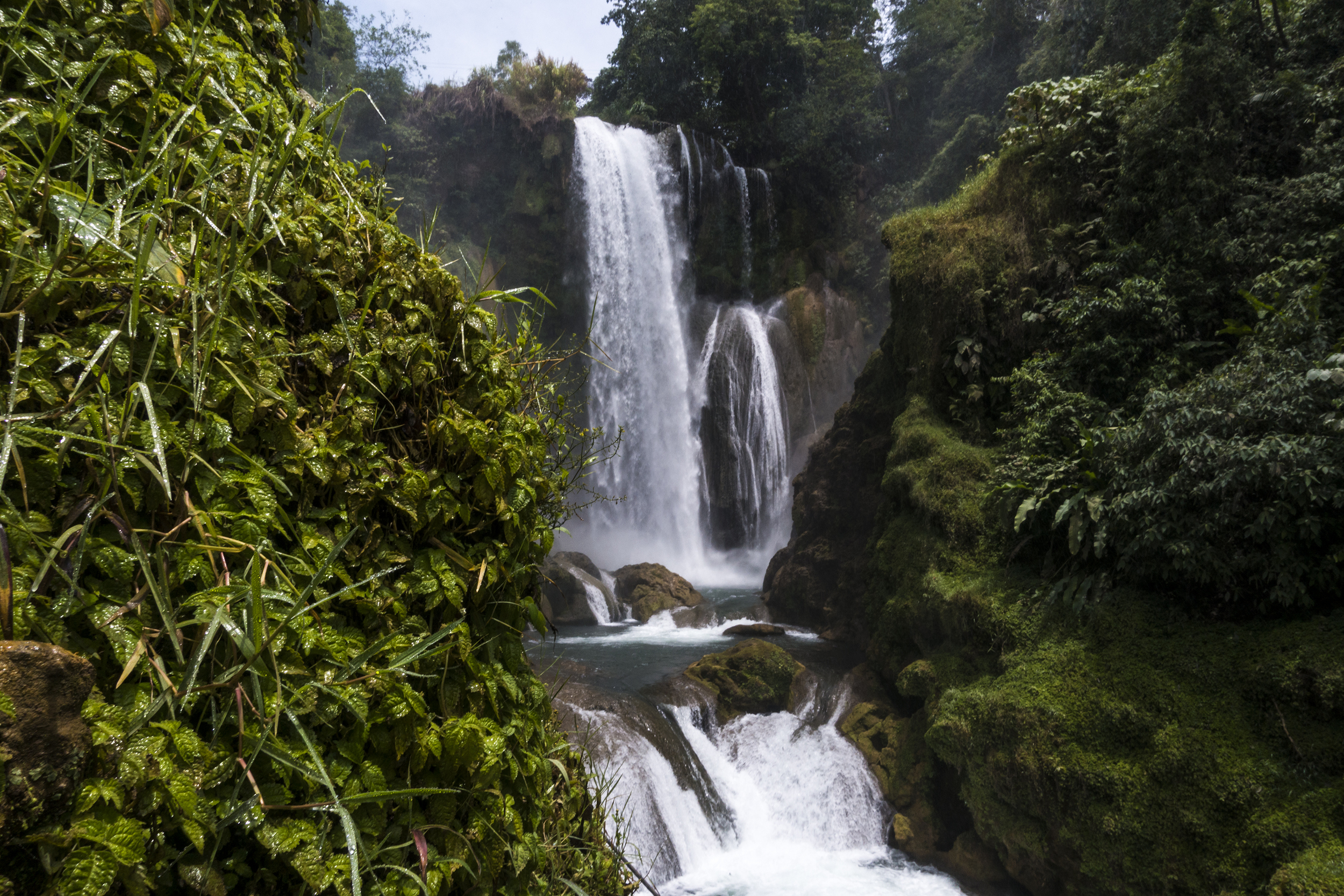My backpack is empty for the first time in a year and half, and my mind is overflowing with memories and reflections. I’m in limbo; not quite traveling, but not settled either. I said looking back at 2015 that happiness is the conviction that I’m doing exactly what I should be doing. Where does that leave me now? I return with more questions than I started with, a longer bucket list, and little direction. And yet, life is the best it’s ever been.
Forgive me - it’s hard not to be sentimental. Sometimes I get self-conscious; I’m just a brat who got to go on a long vacation, and maybe I shouldn’t wax poetic about what it means. But it feels like I’ve done something important. When I scroll through my blog I feel overwhelmed by a sense of accomplishment. I traveled many thousands of miles, learned a new language, developed new hobbies, saw more beautiful places than I could count, did some work I’m proud of, read, wrote, and drew more than ever, and met a thousand people I hope I never forget. For once, I’m stressed not about what to change in my life, but about how to keep it the same. I feel content, independent, optimistic, and refreshed. In short, I feel whole, and that’s enough to power me through at least a few months of uncertainty.
The morning after that amazing day swimming with whale sharks, I woke up at 4am to catch my flight home. Nick, James, and most of the rest of the hostel guests were just returning from a night out, so I got a hearty, drunken, farewell before a taxi carried me into the darkness. At the airport, I sauntered through security and took a seat in the terminal while I waited for a gate assignment. Through the giant bank of windows along eastern edge of the atrium, the sun peered over the horizon - tentative at first, but gaining strength by the second. I watched as the morning light brought a fleet of airplanes to life, and reflected off their tireless wings. I choked up; sad but grateful. I remembered a note my mom had sent me a few days before; “I have a feeling this is only the beginning of your journey,” she said, “not the end of your trip.” I smiled.
Seven hours later, I touched down in Los Angeles. Home.

